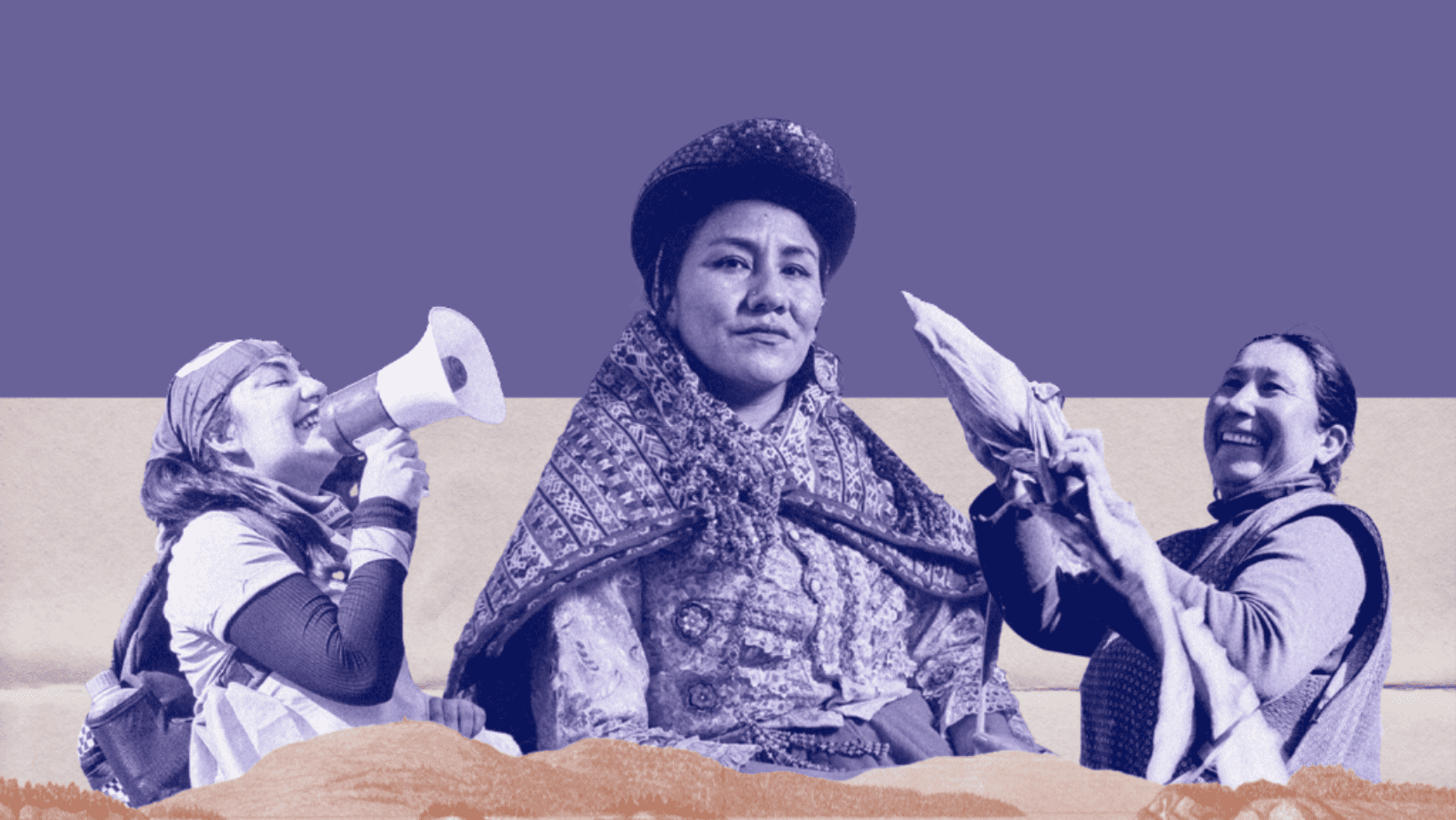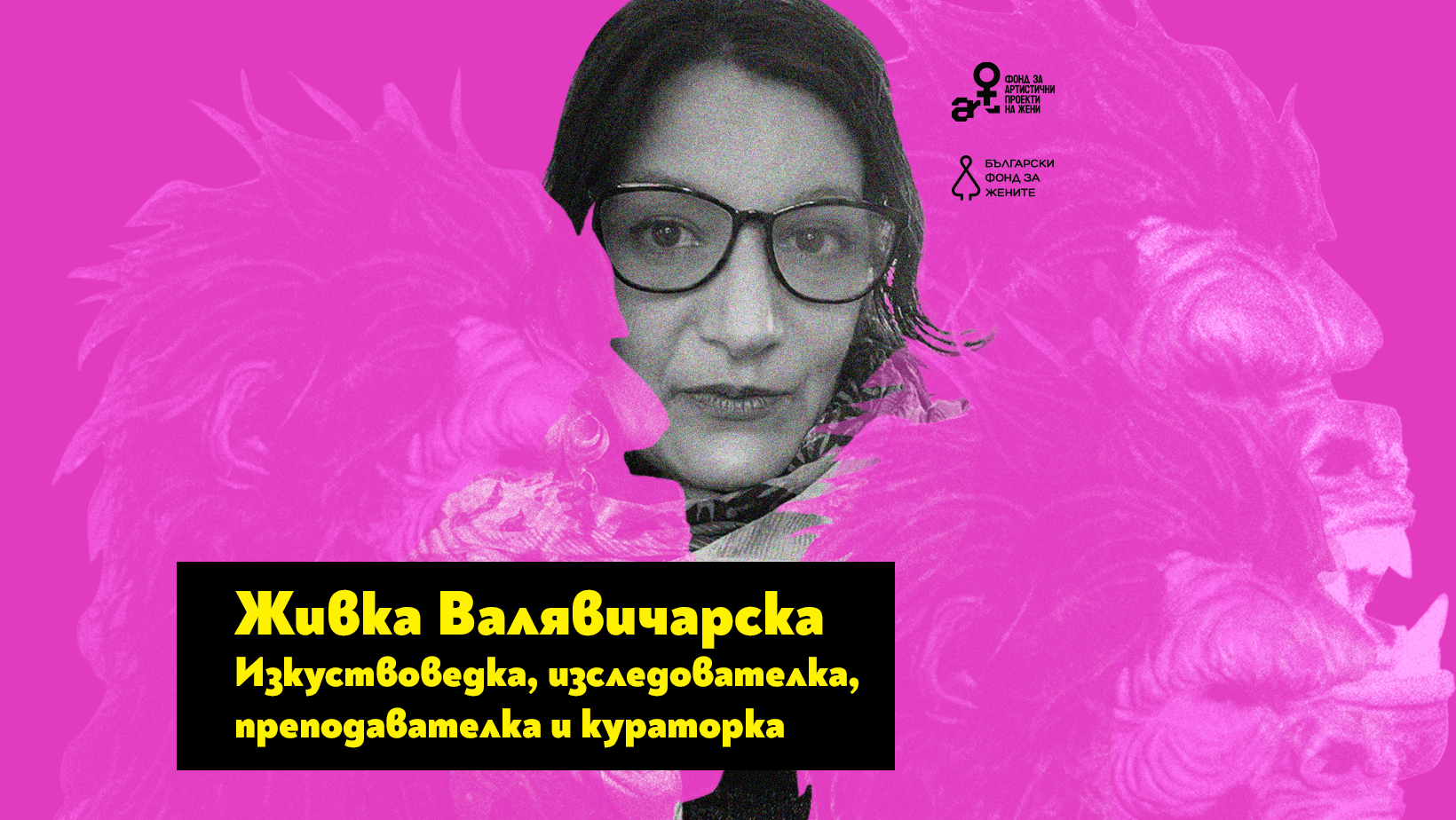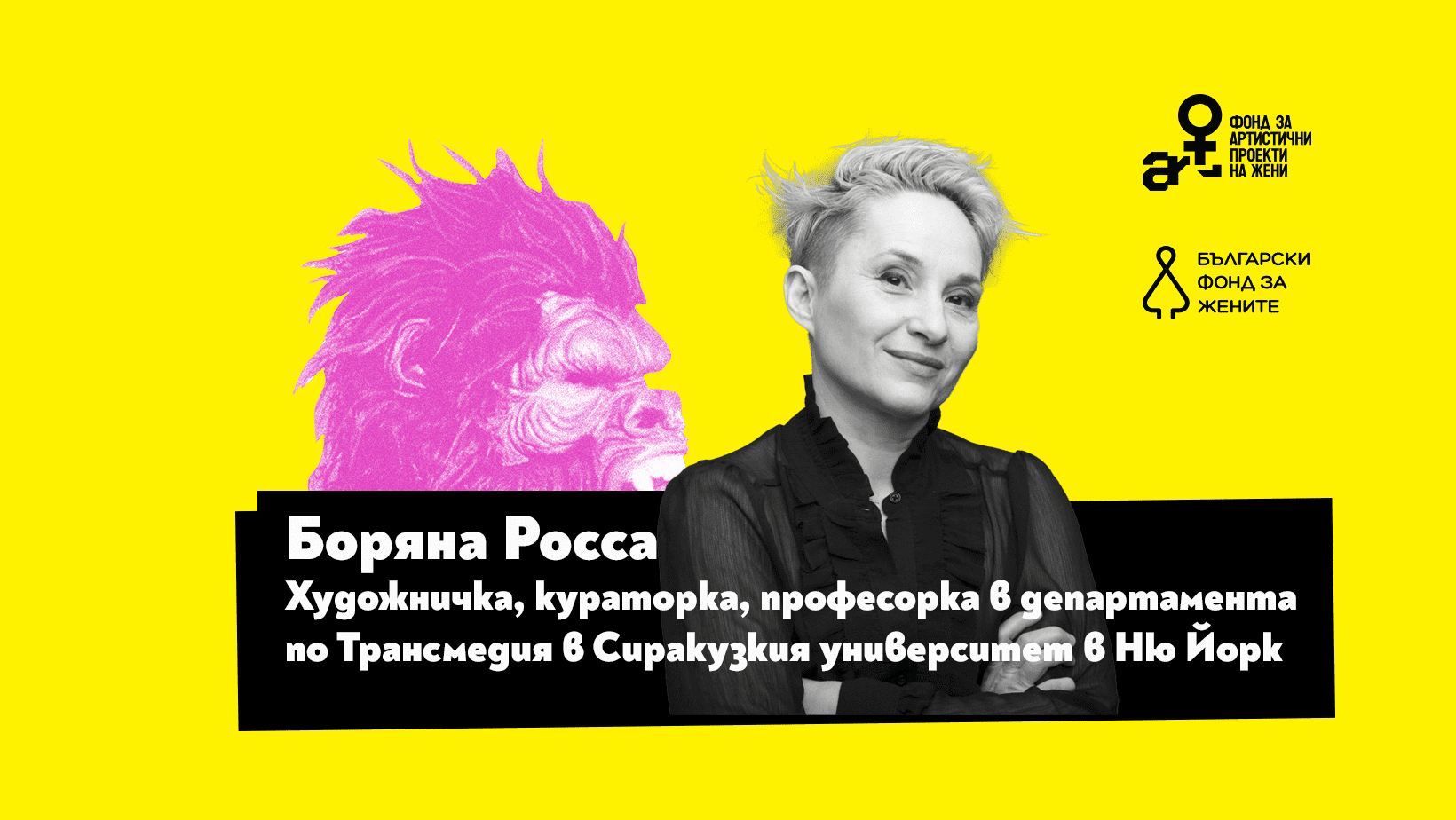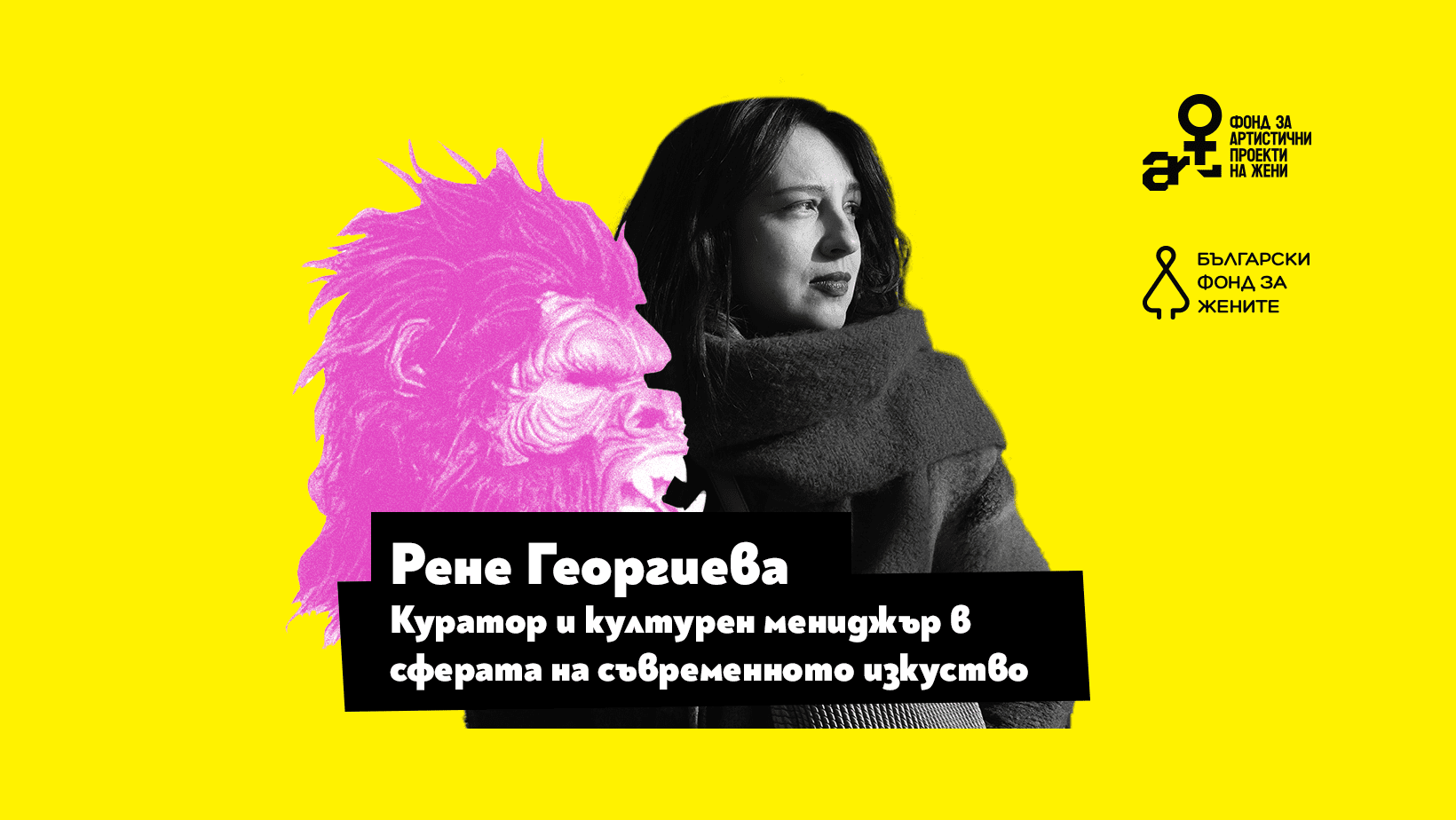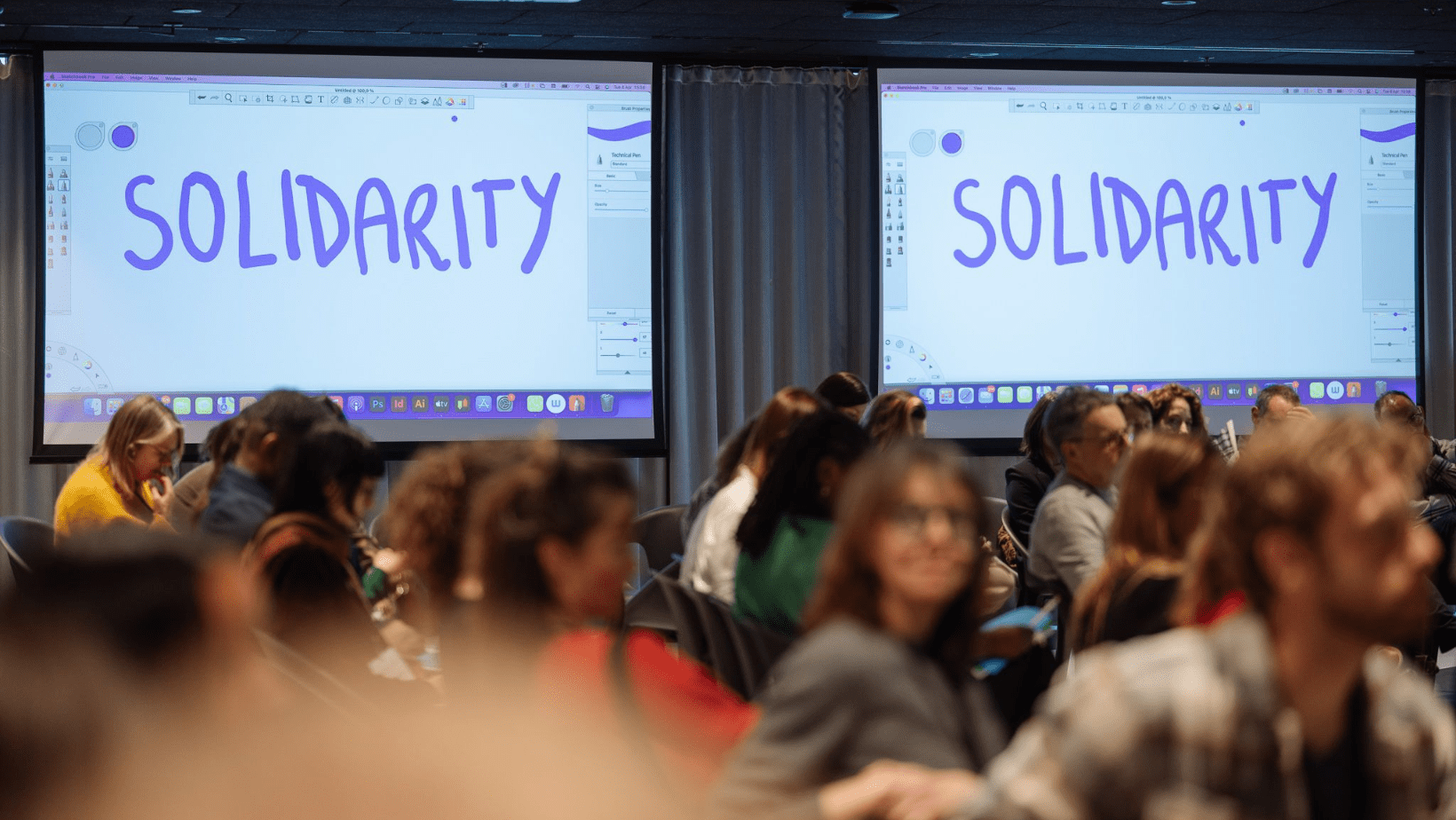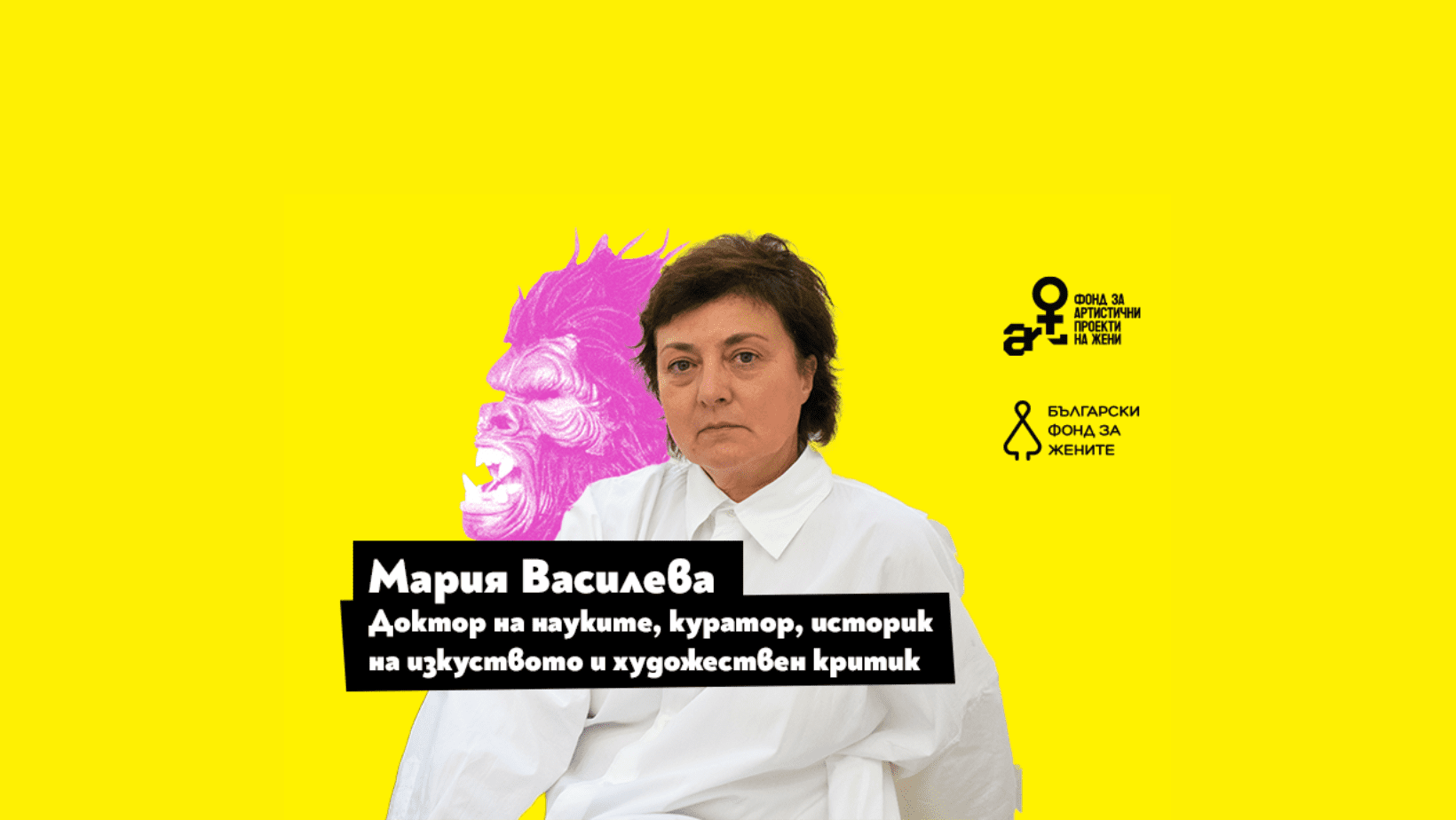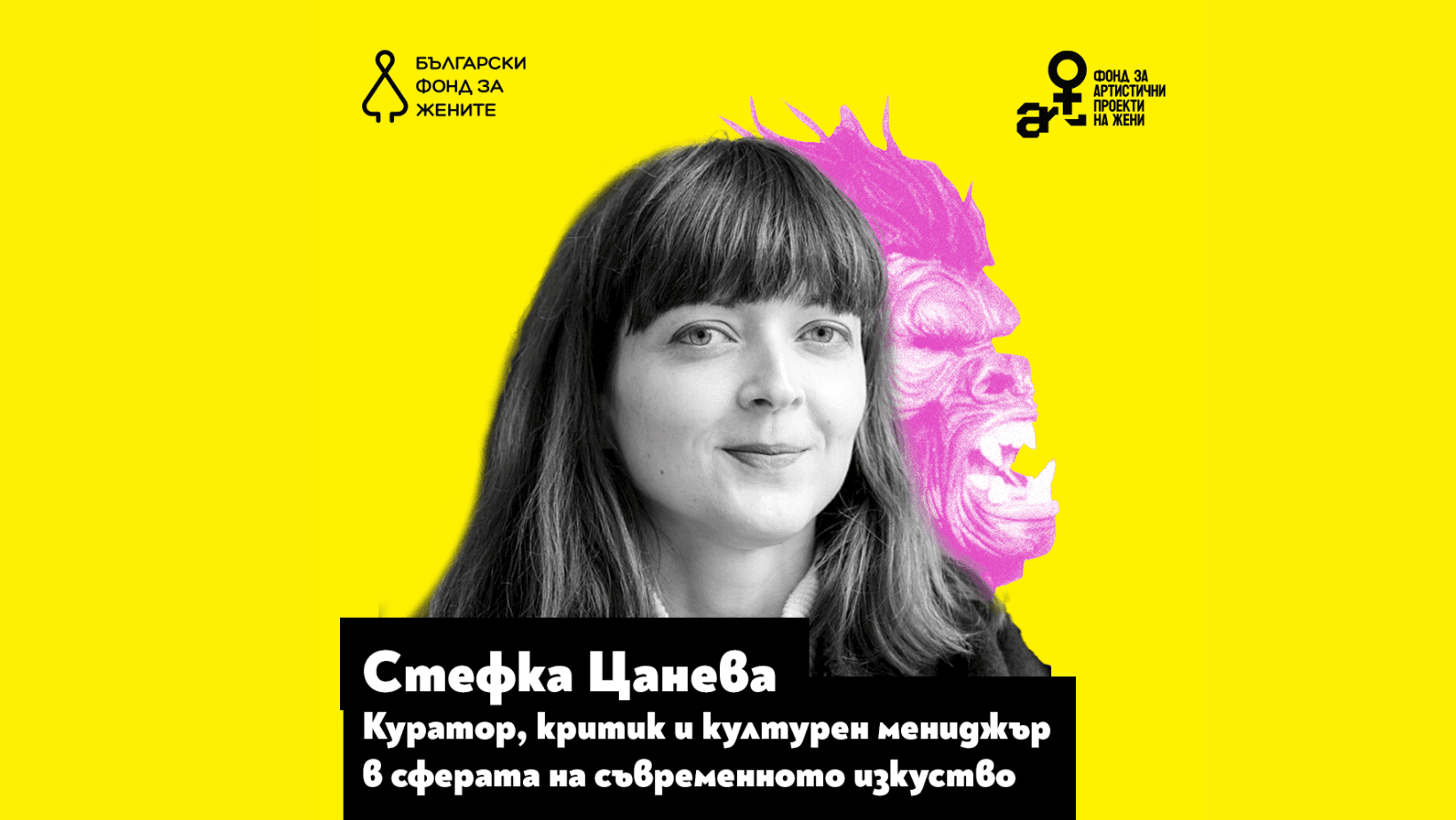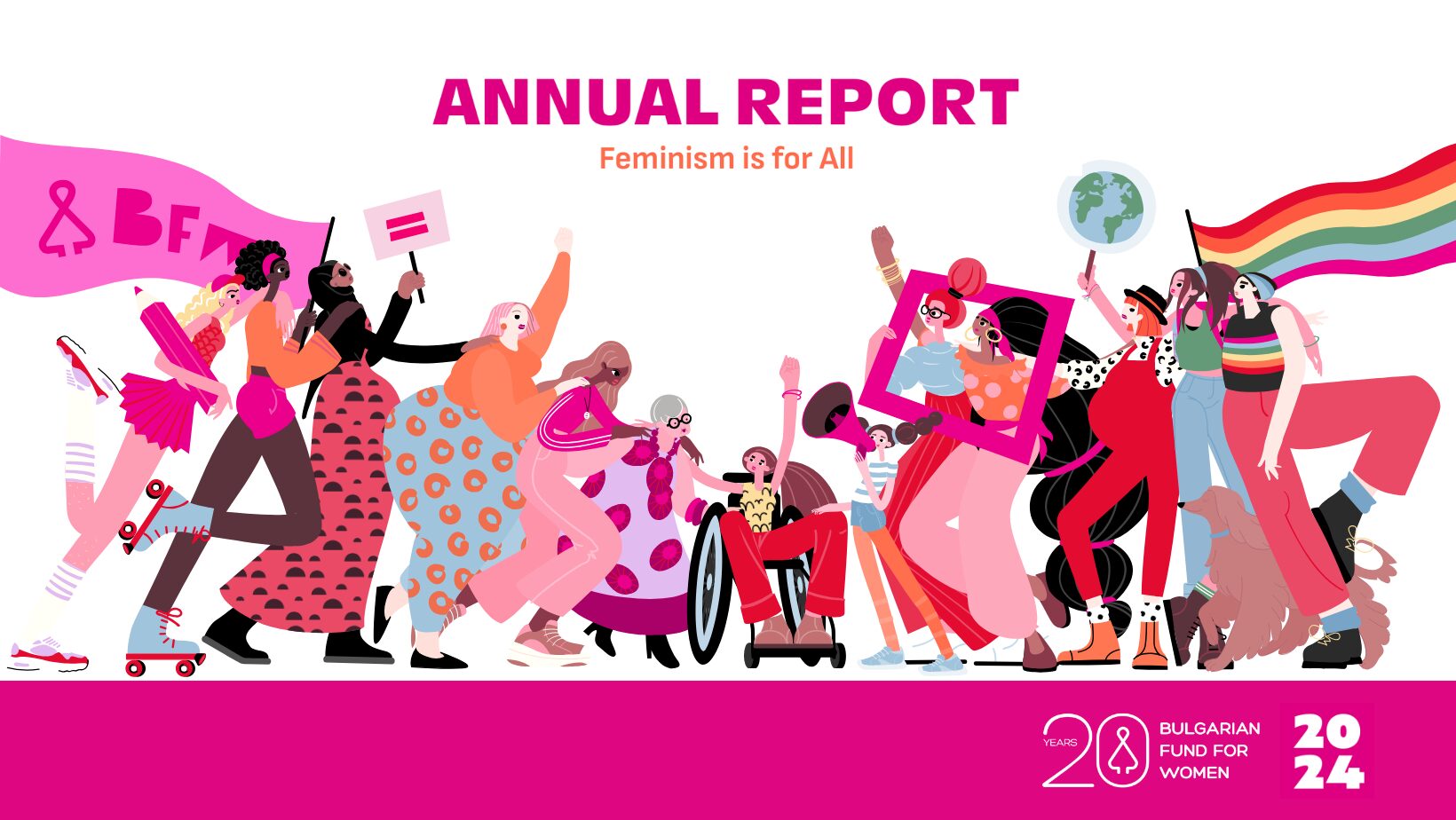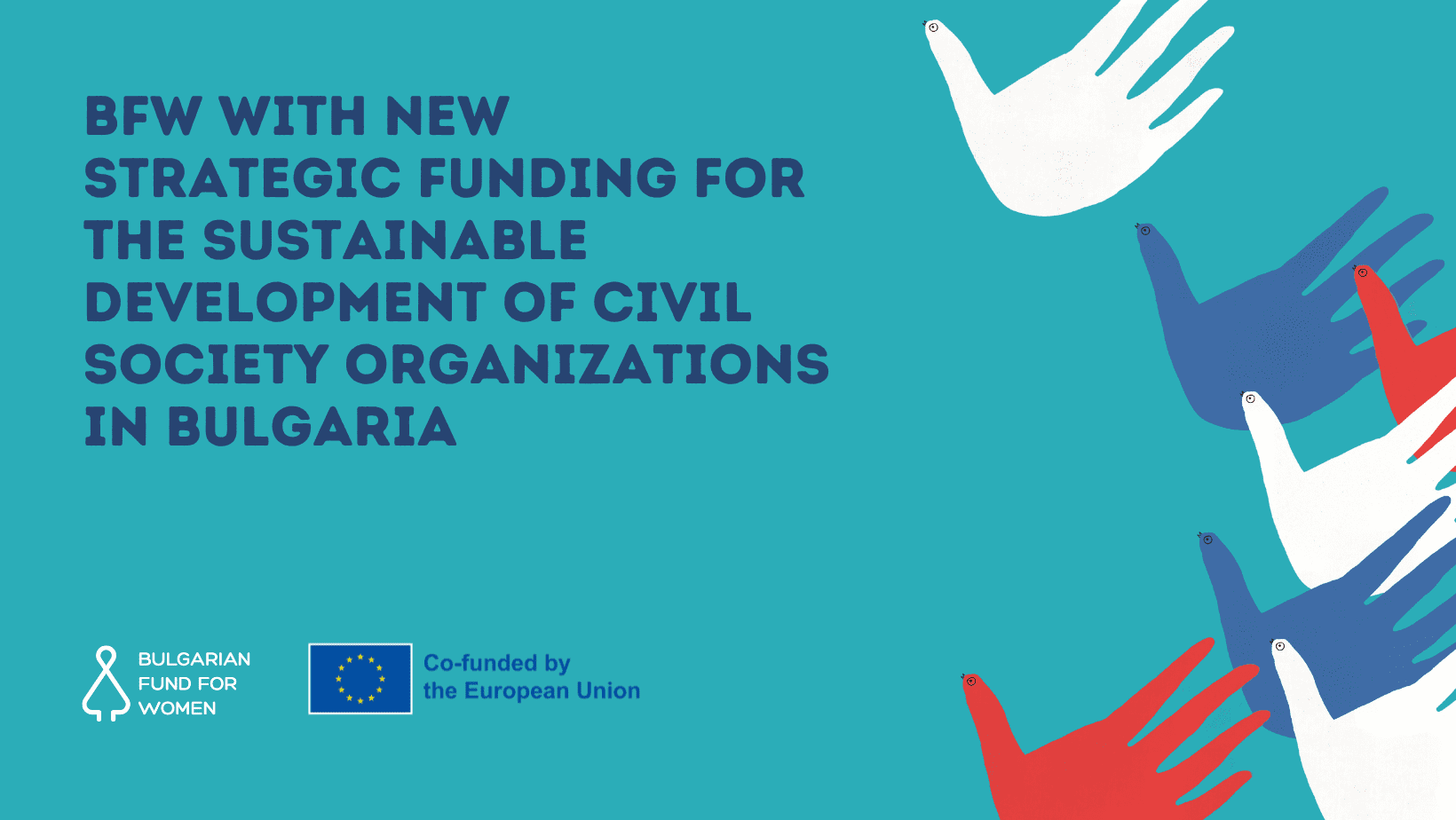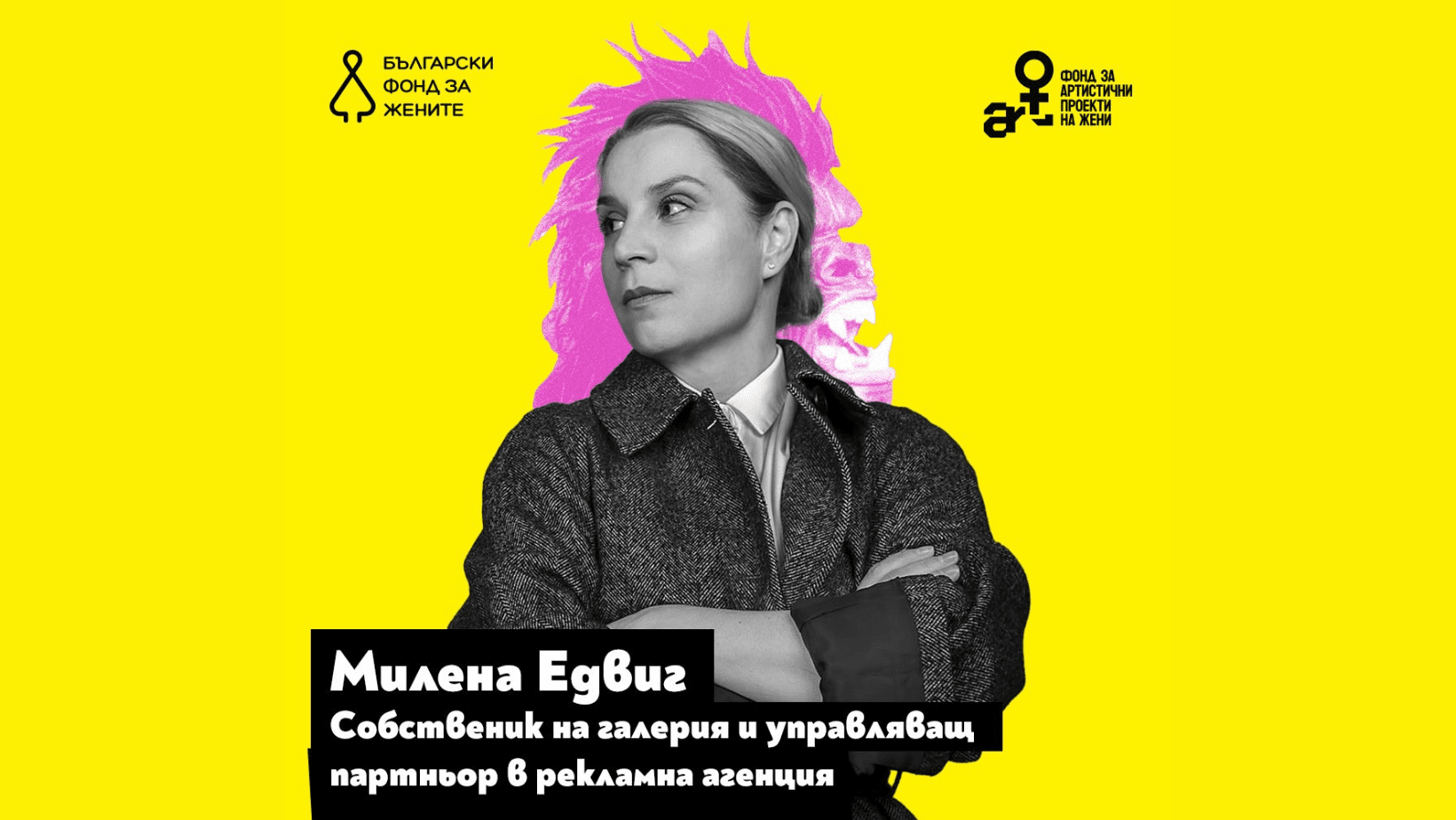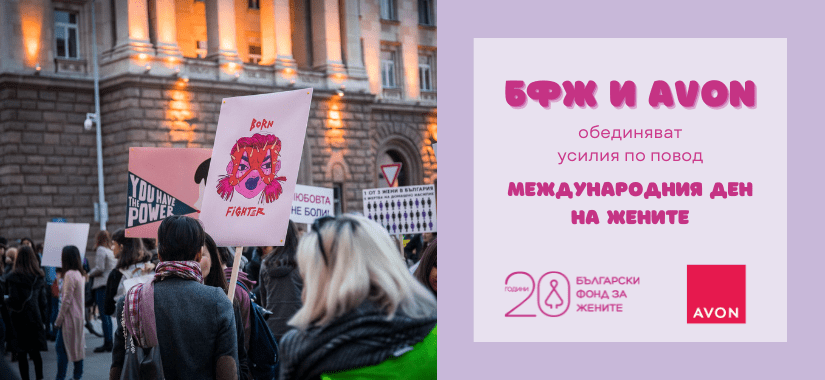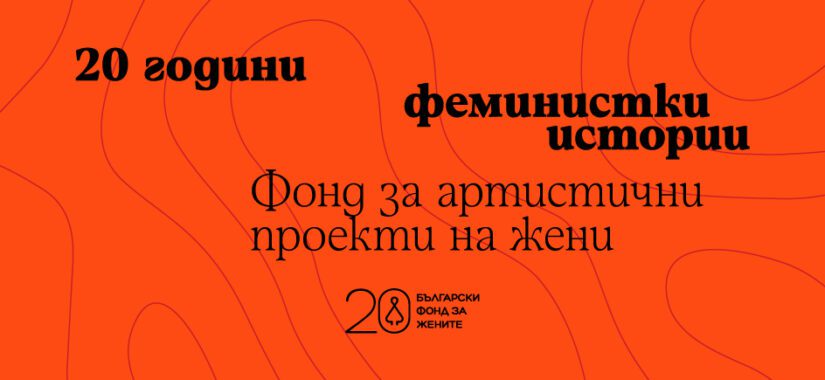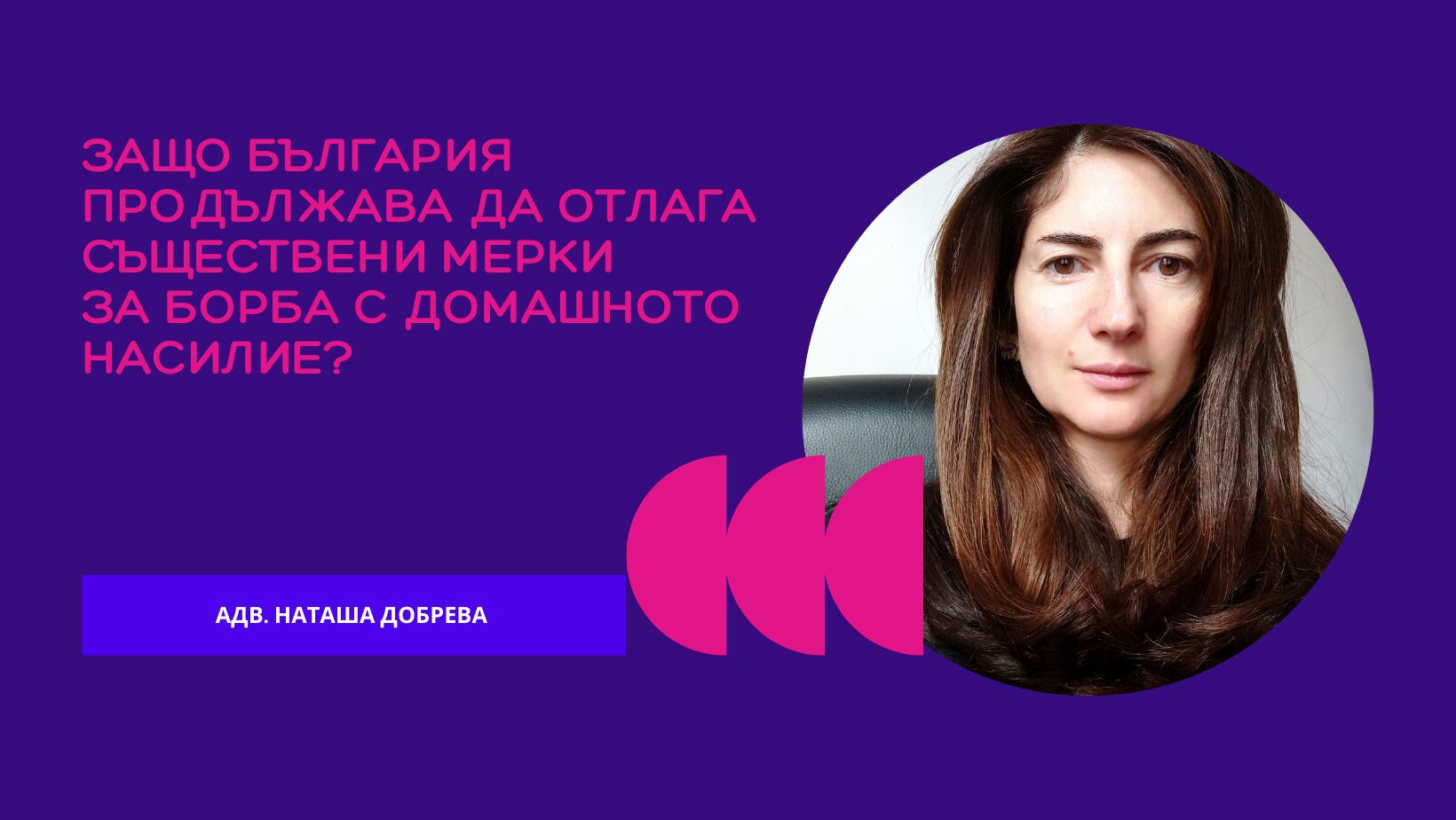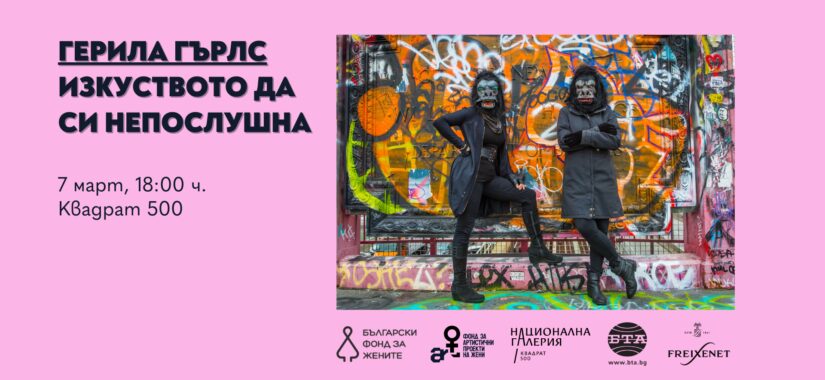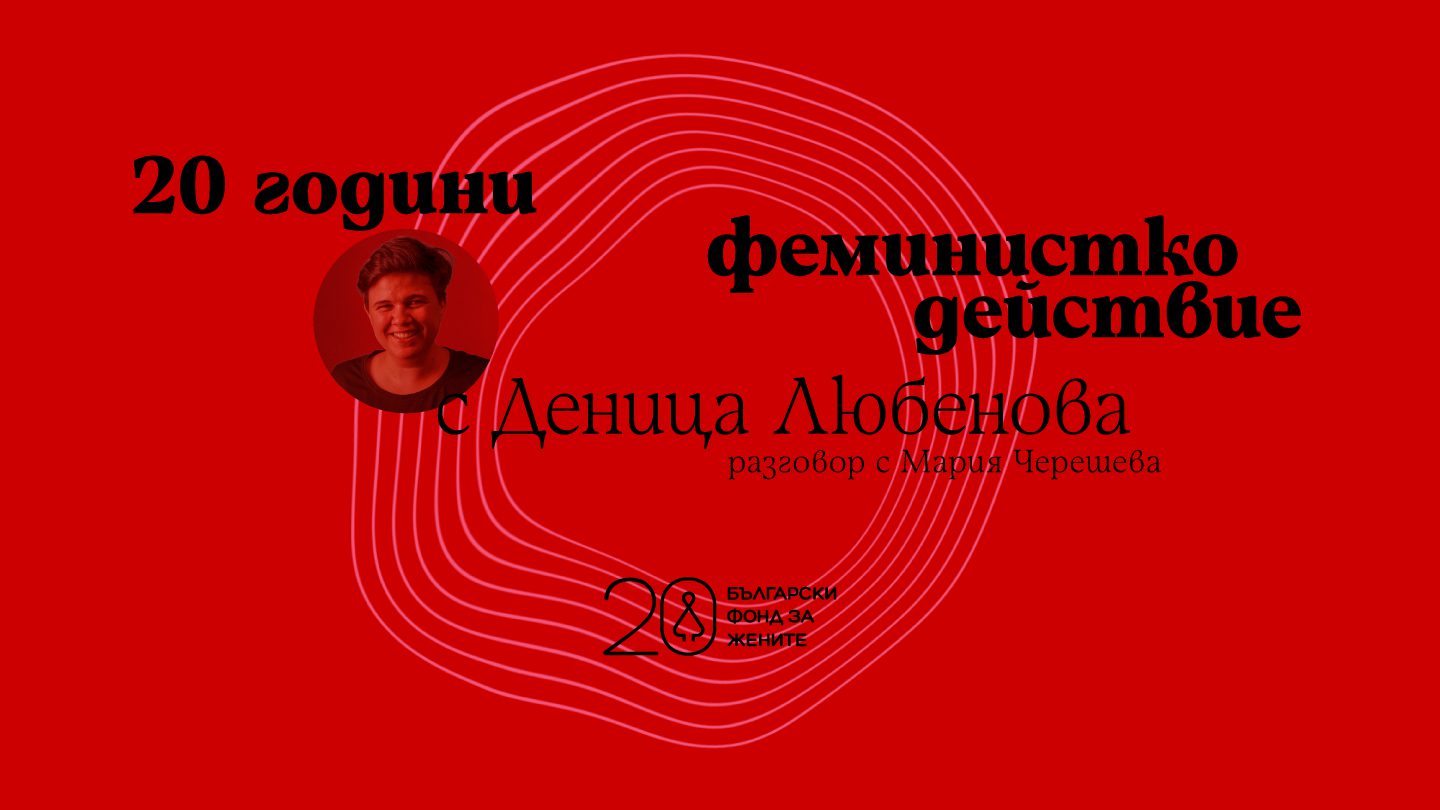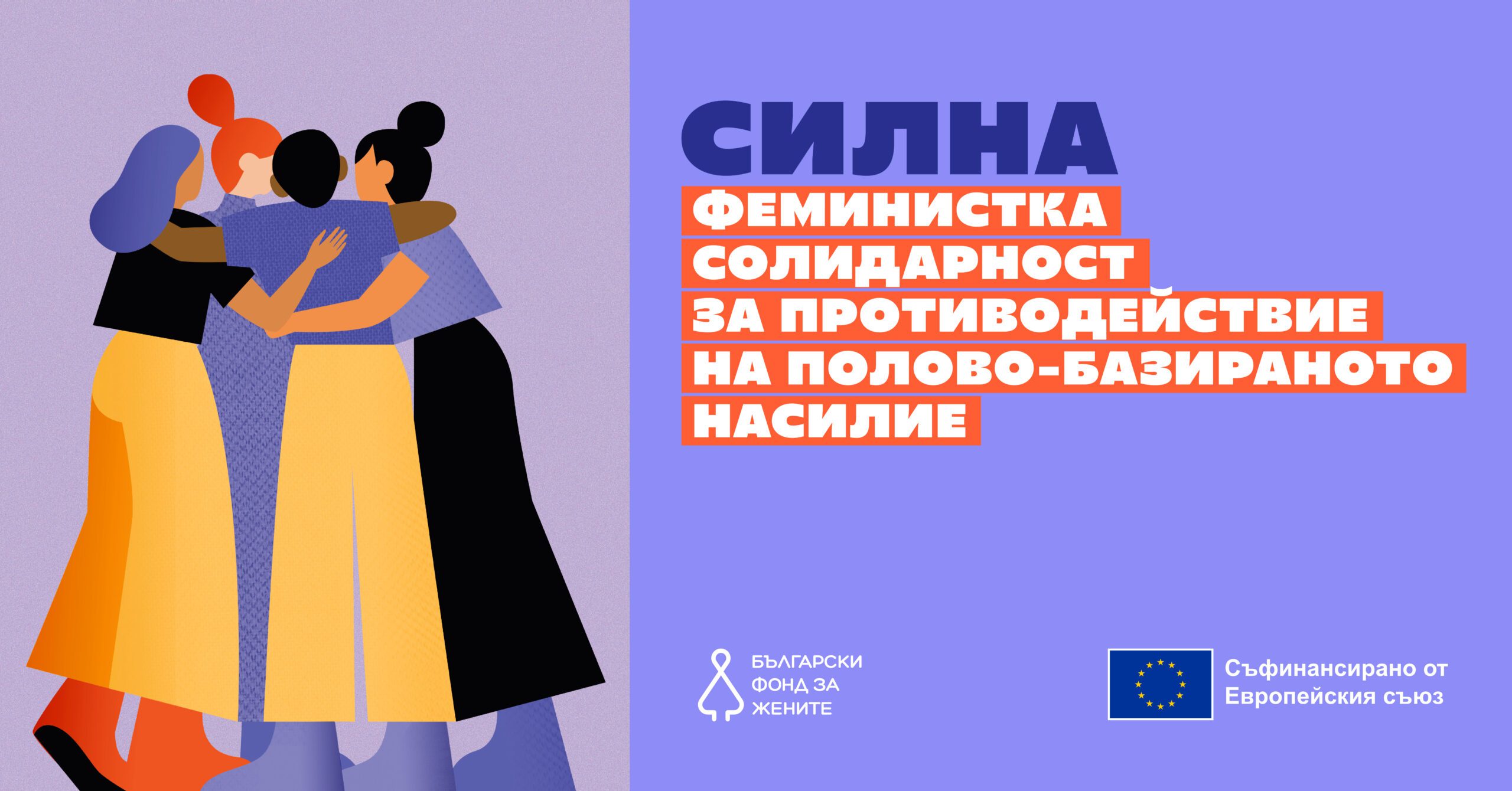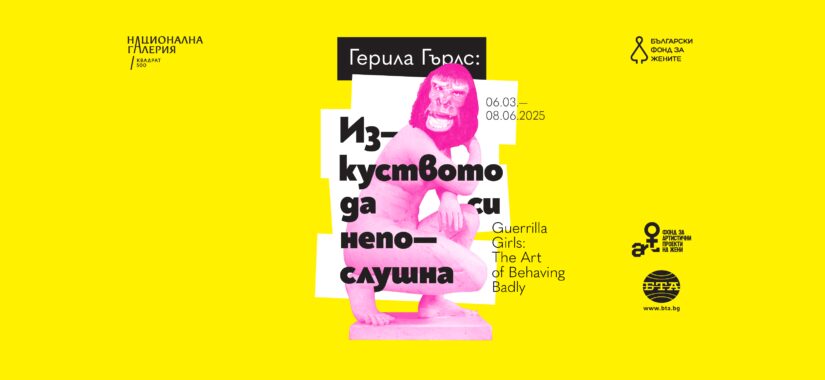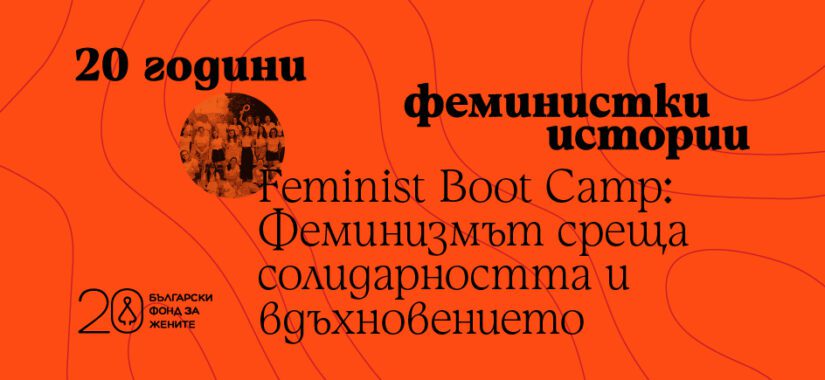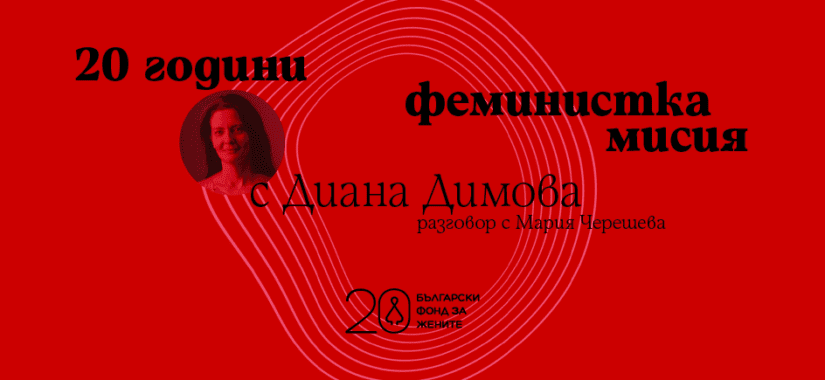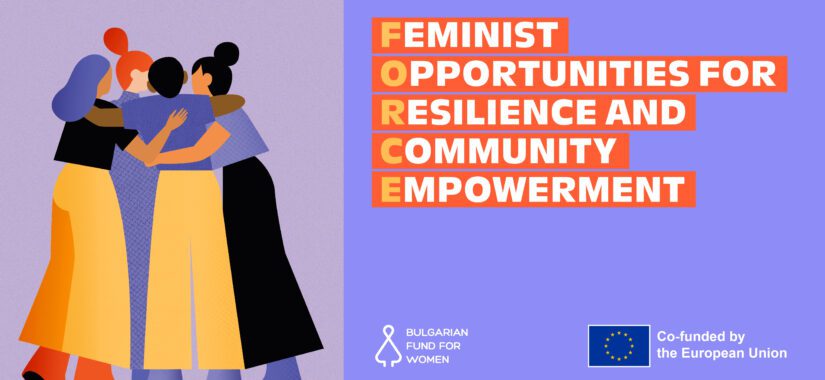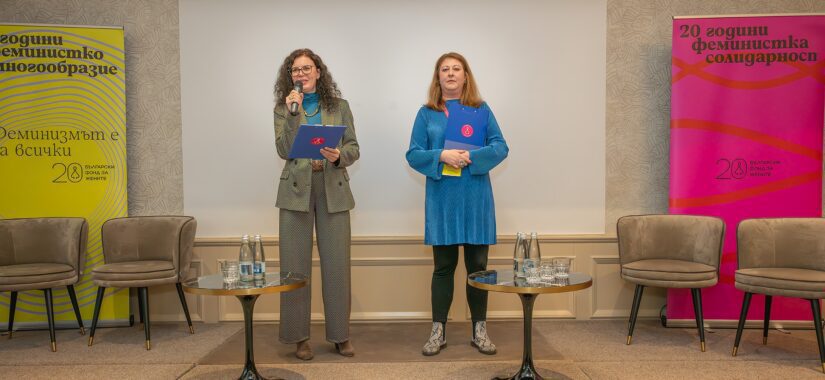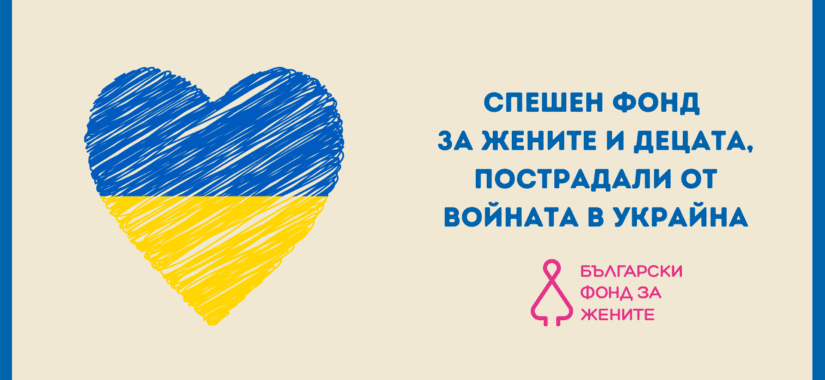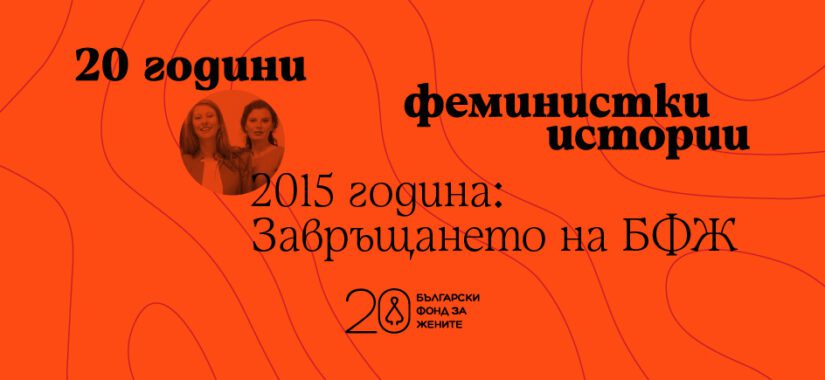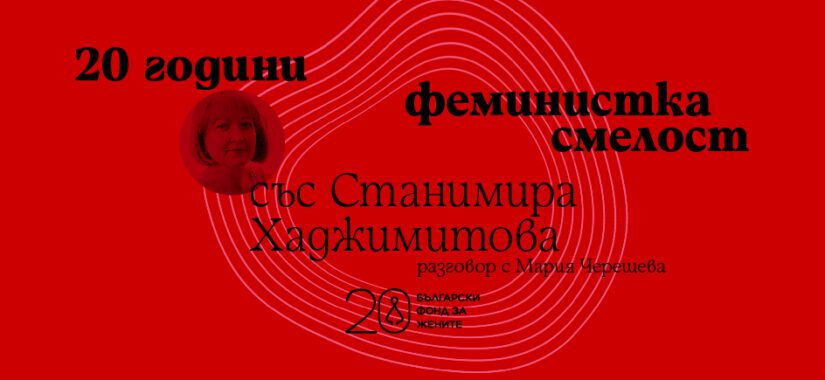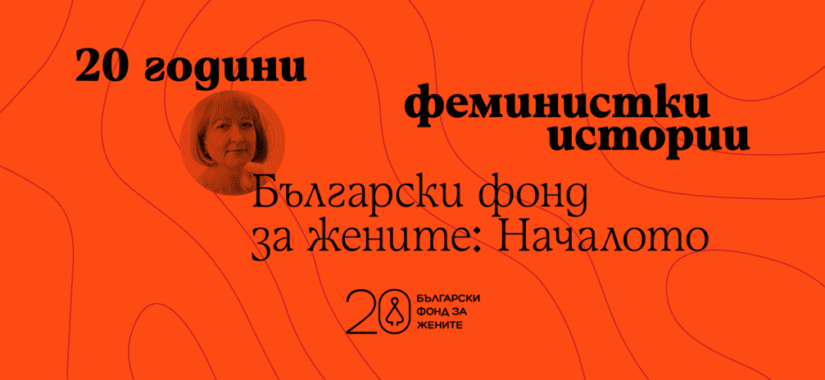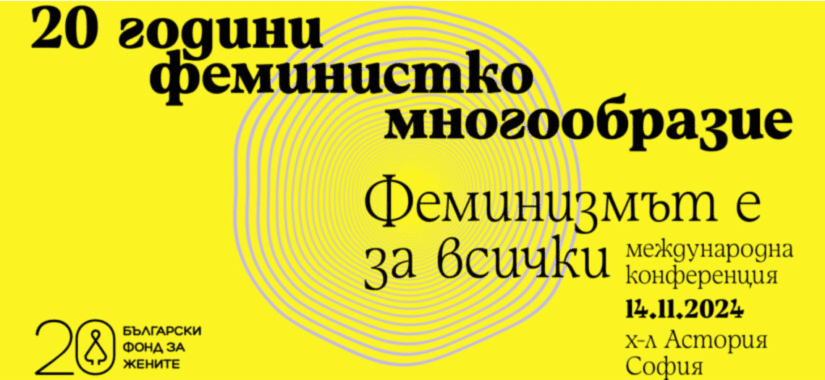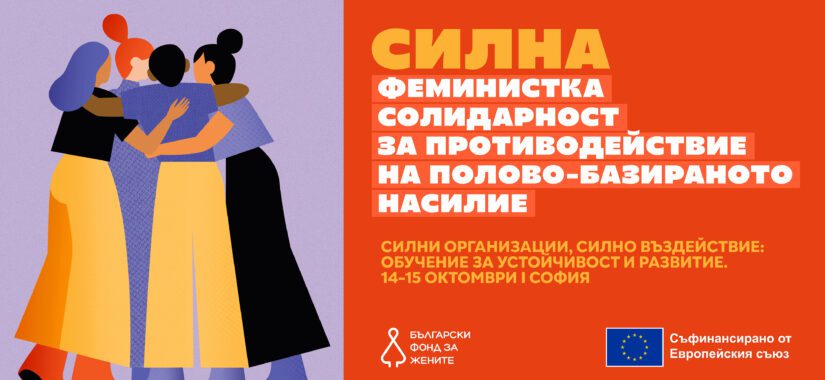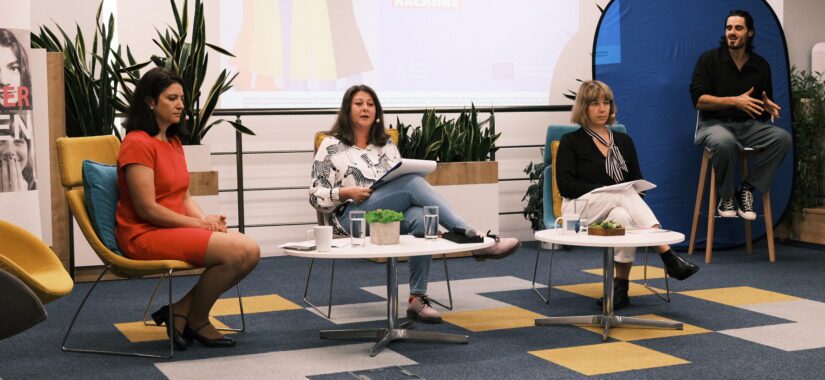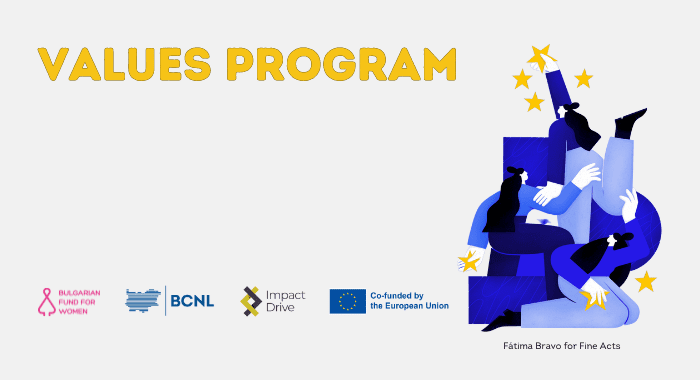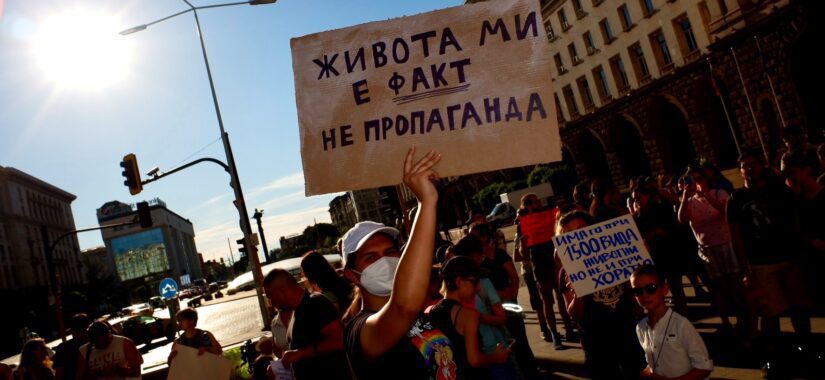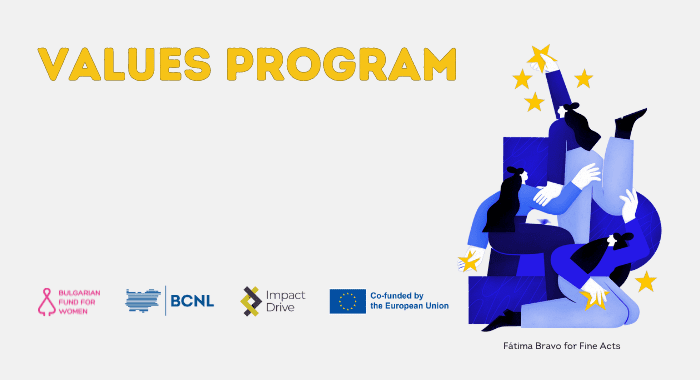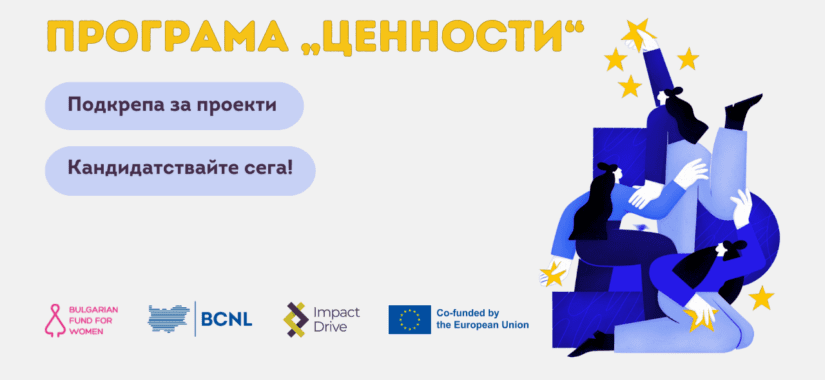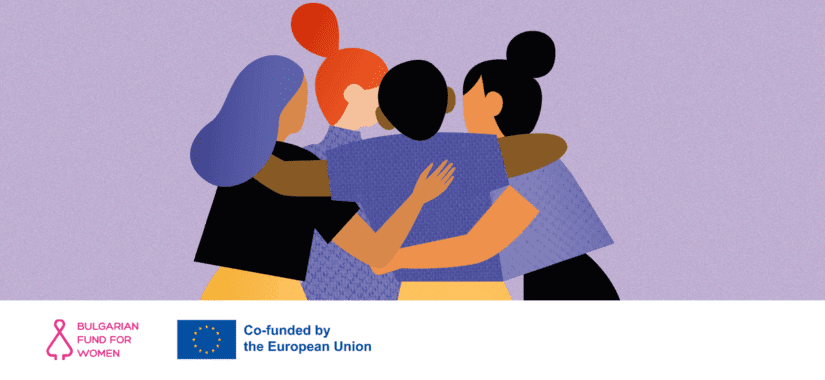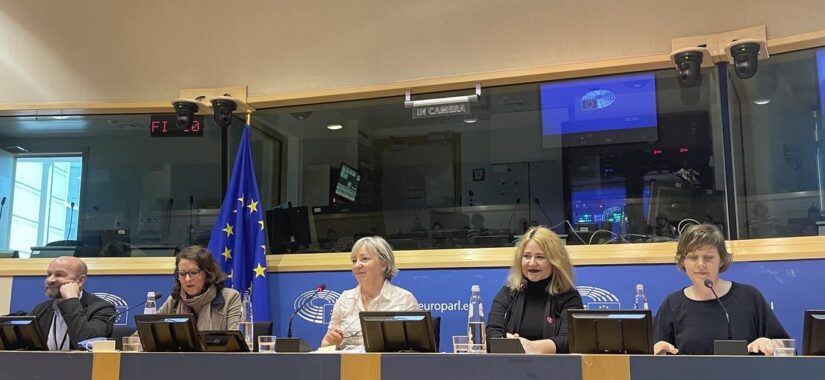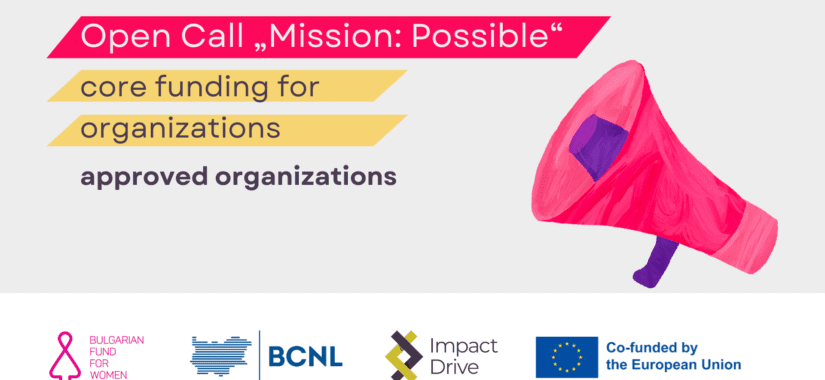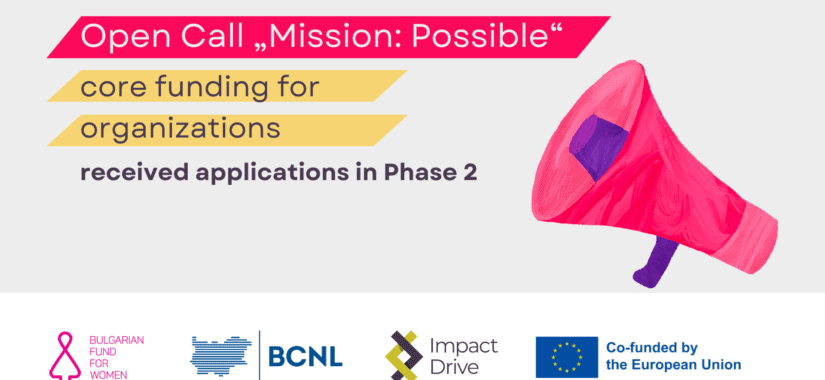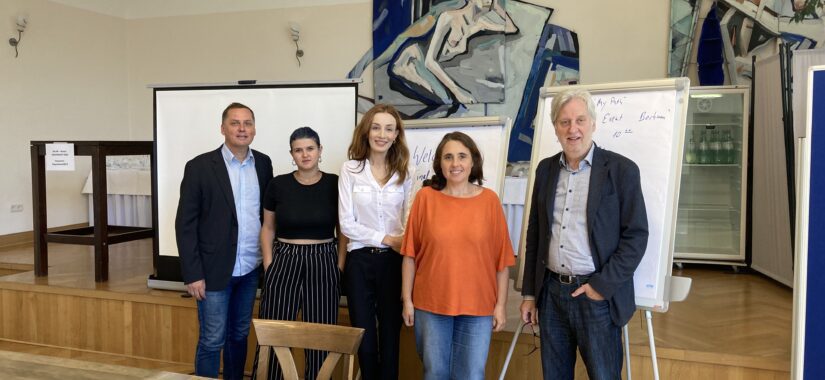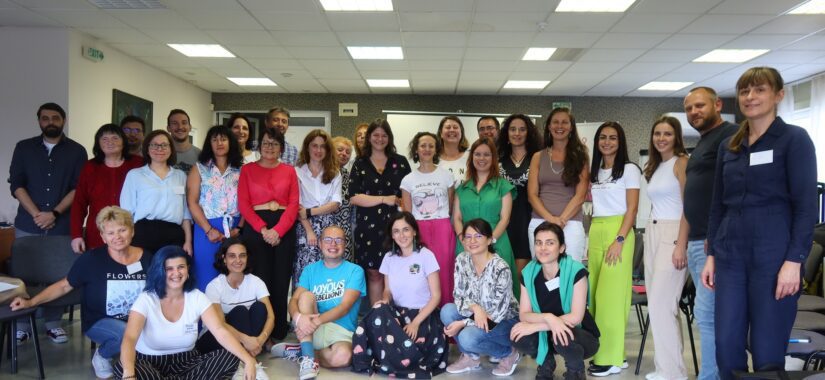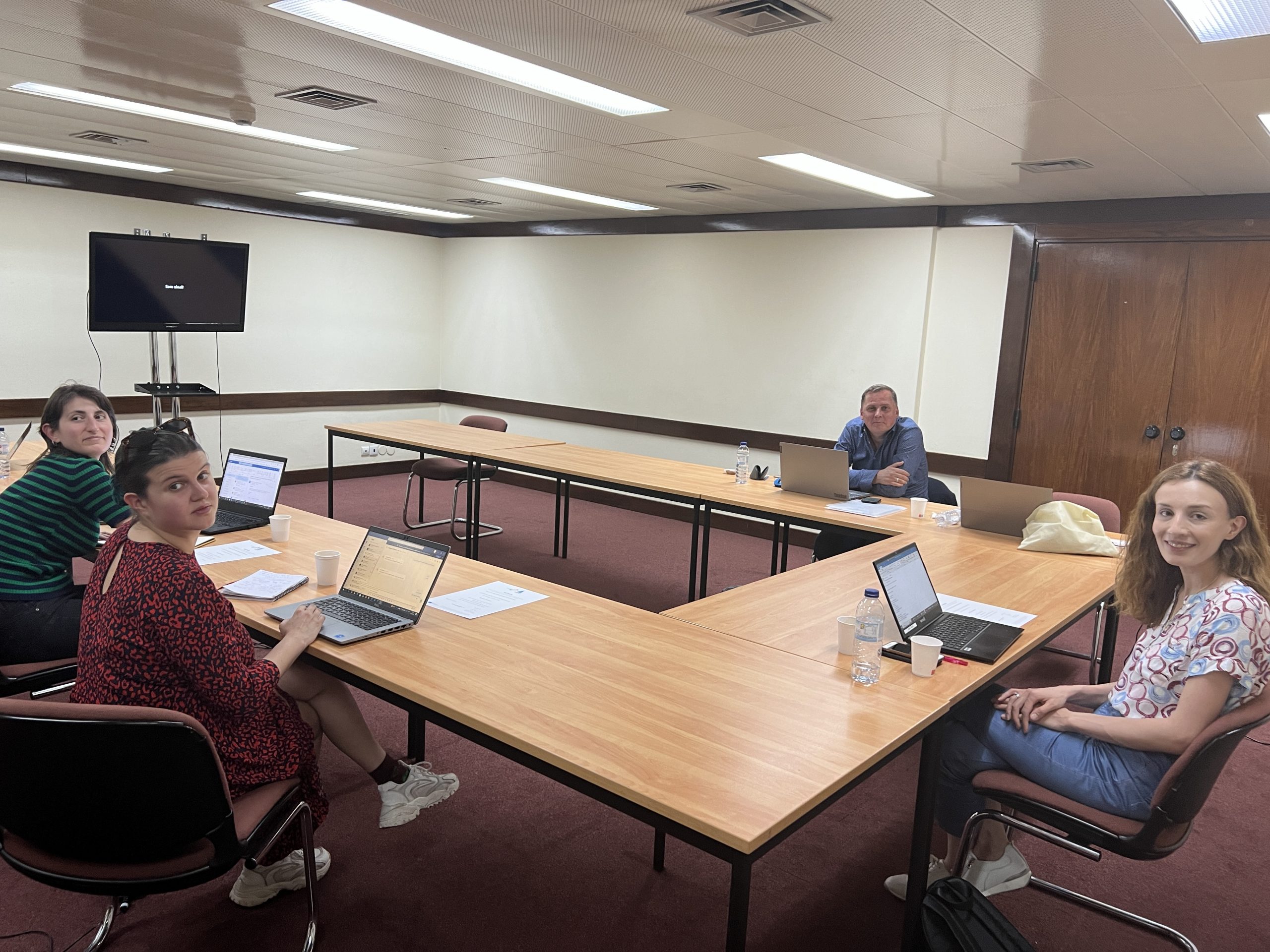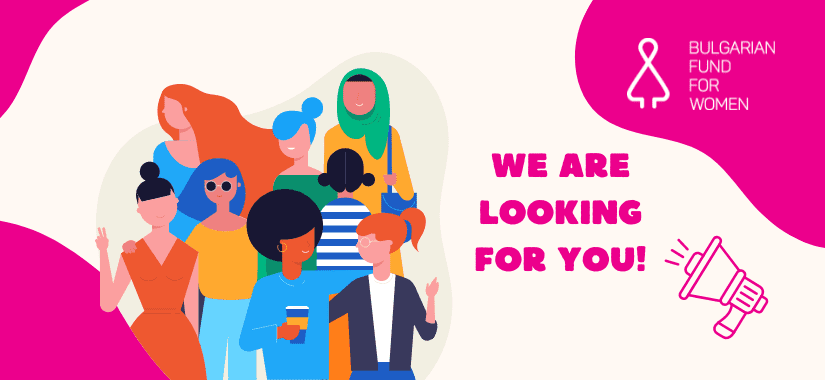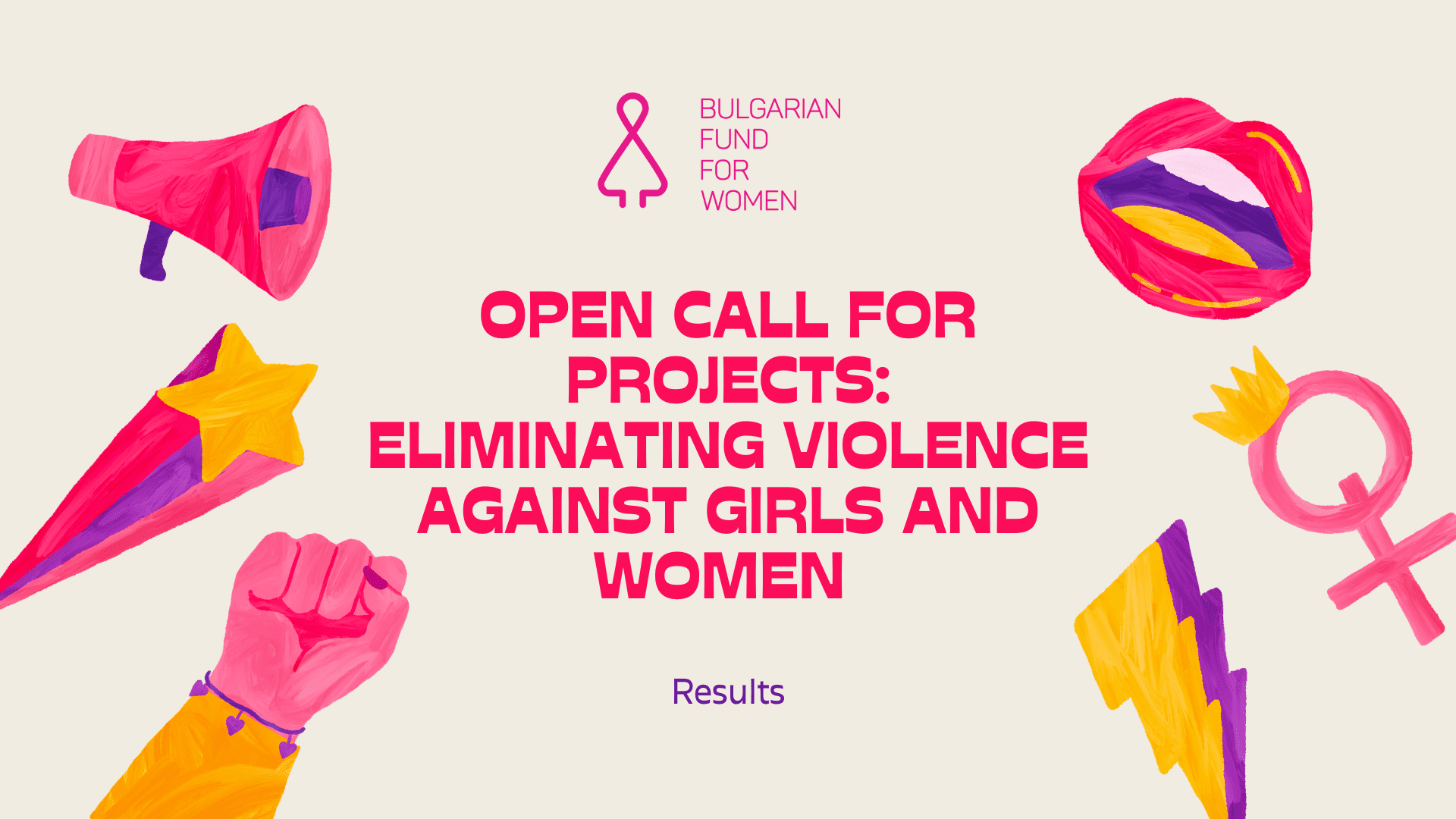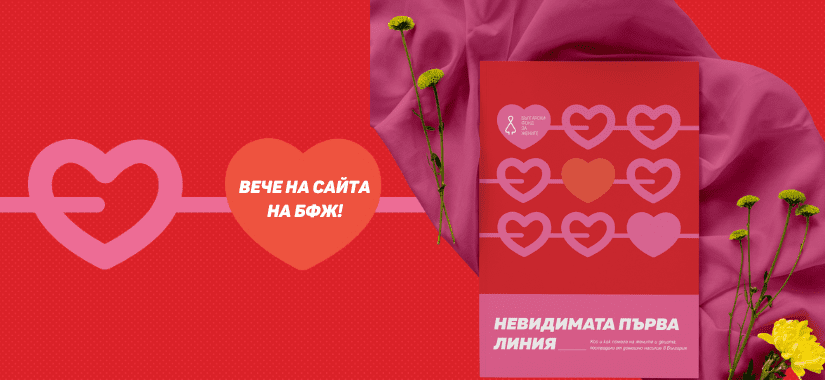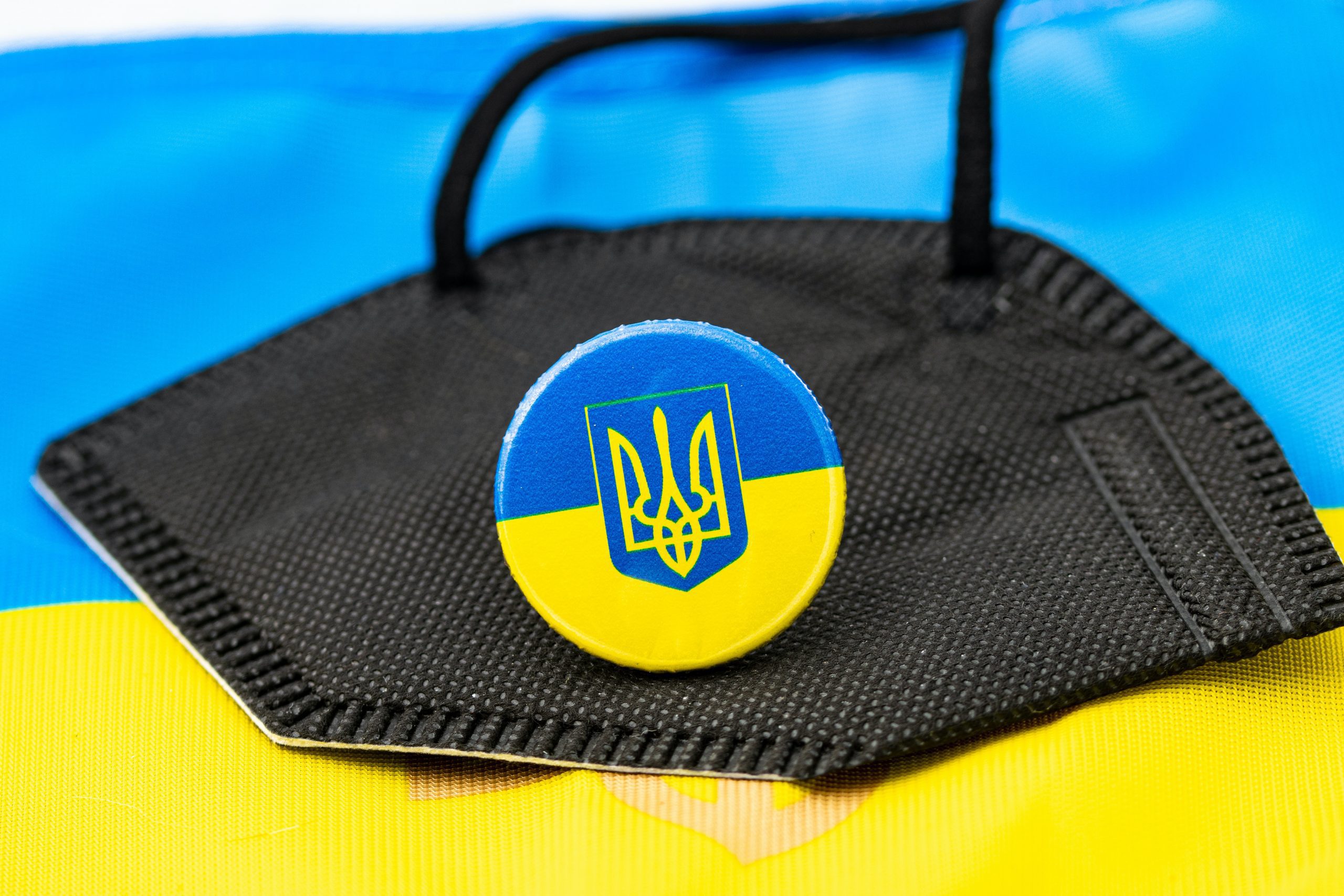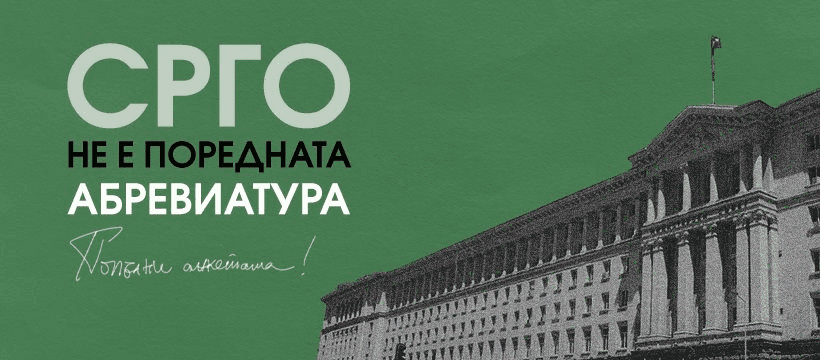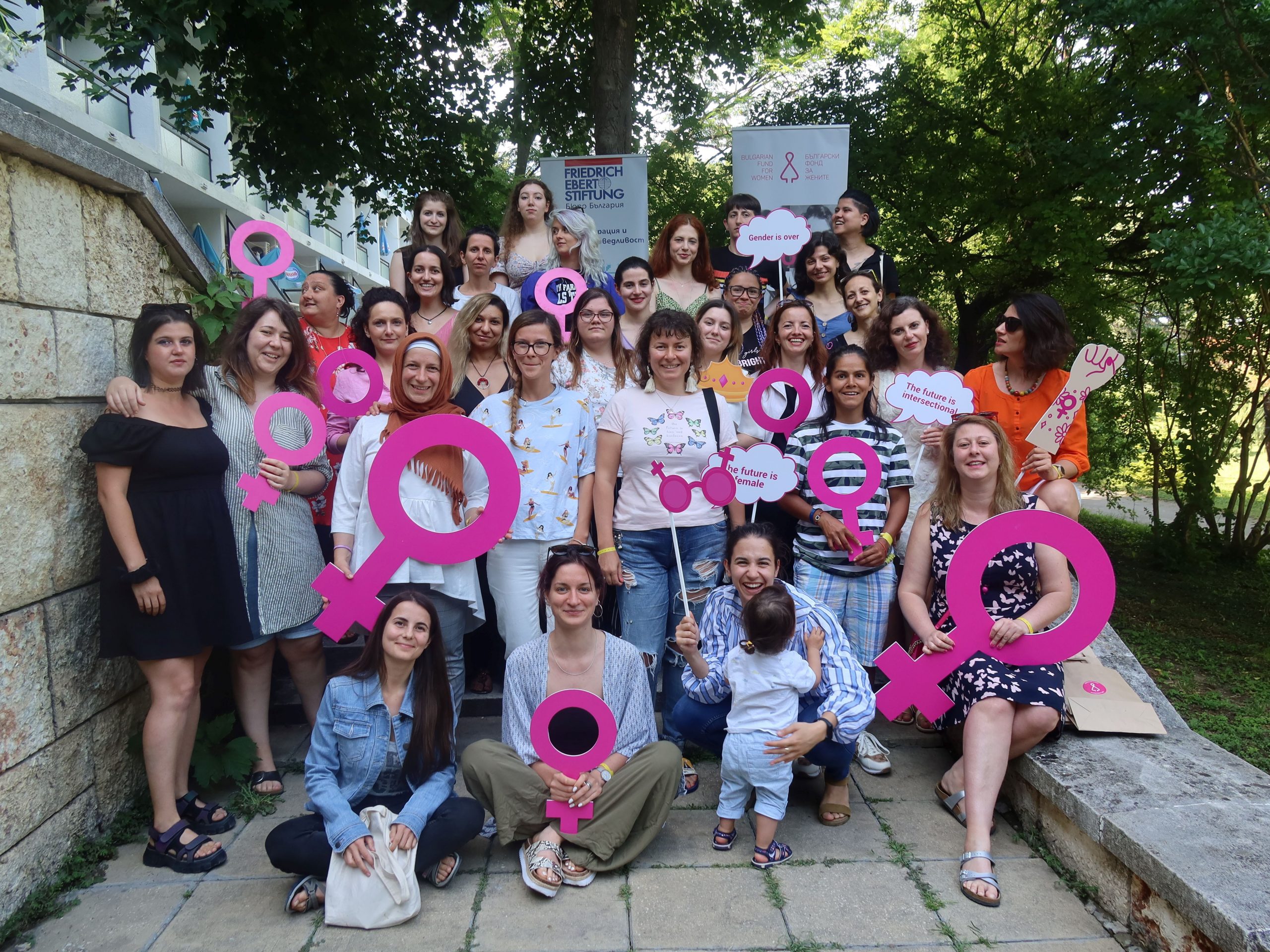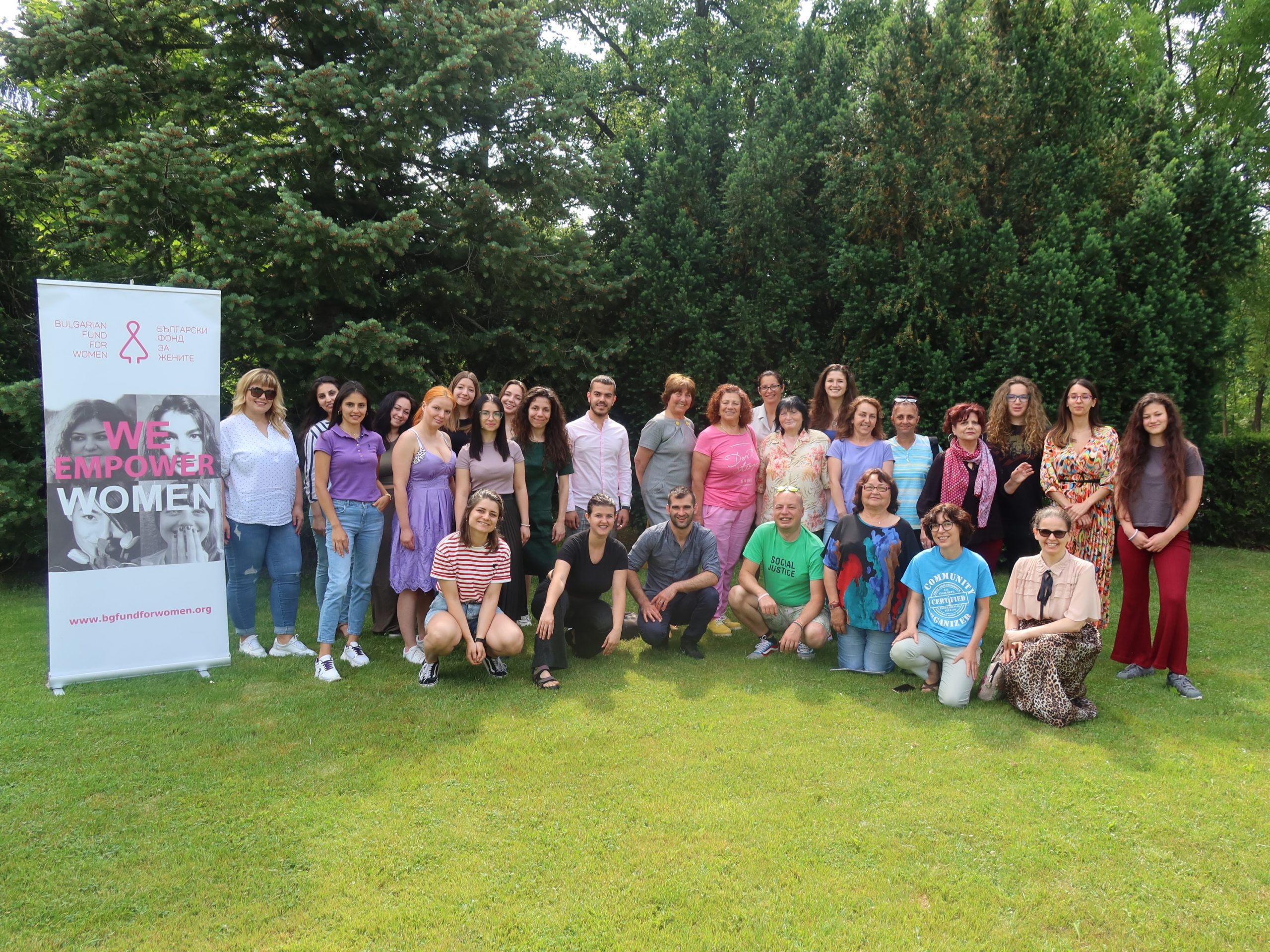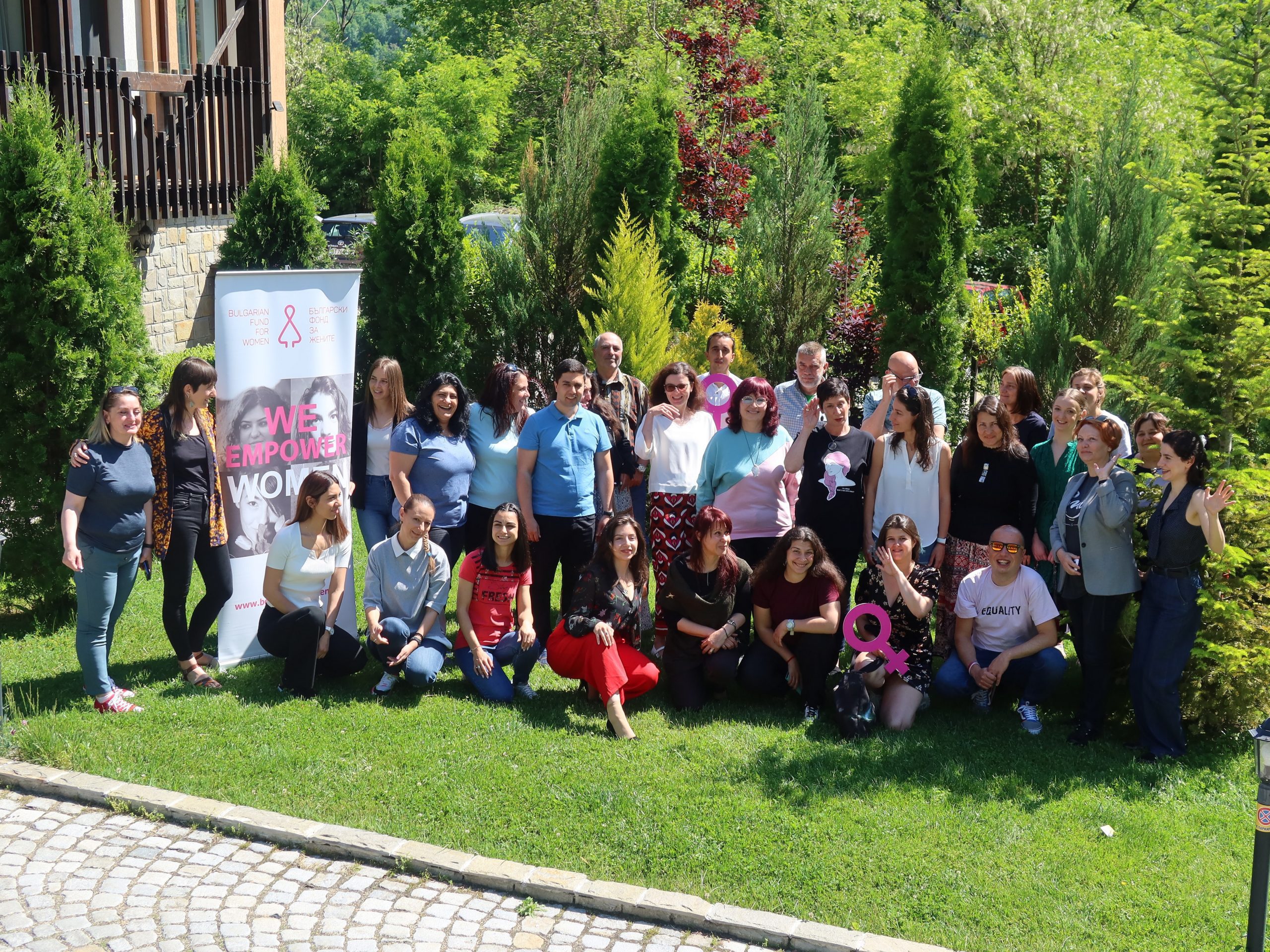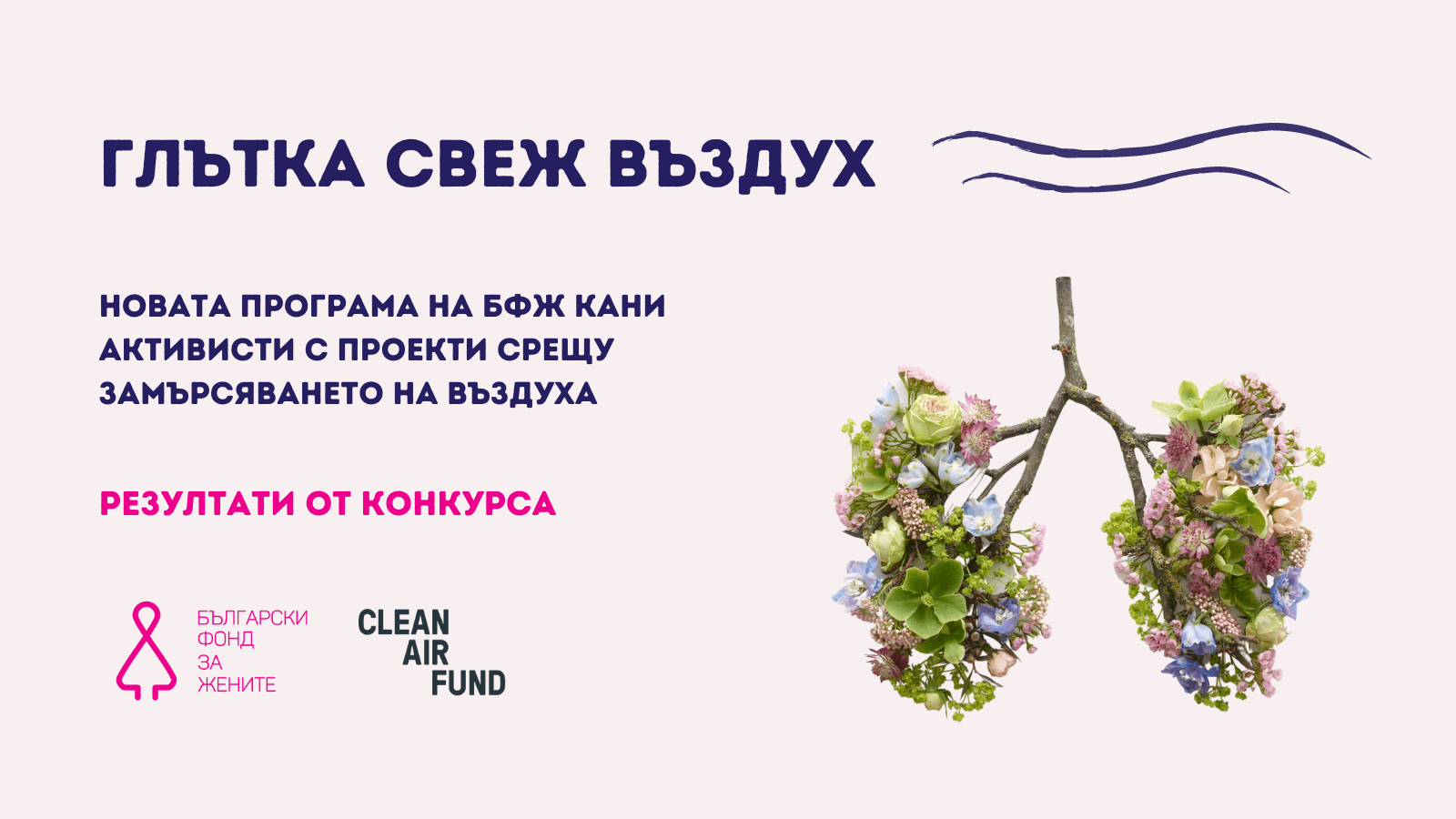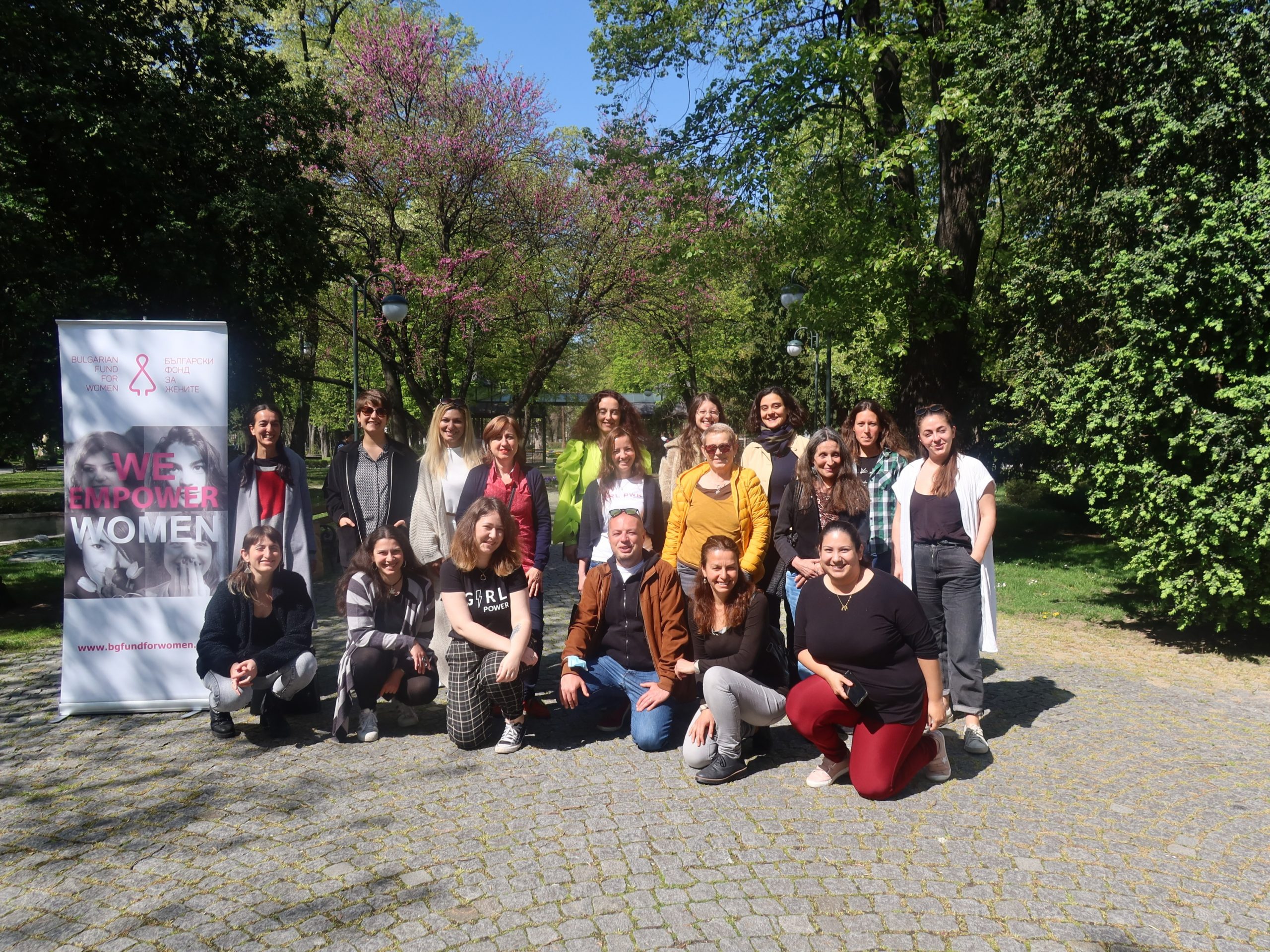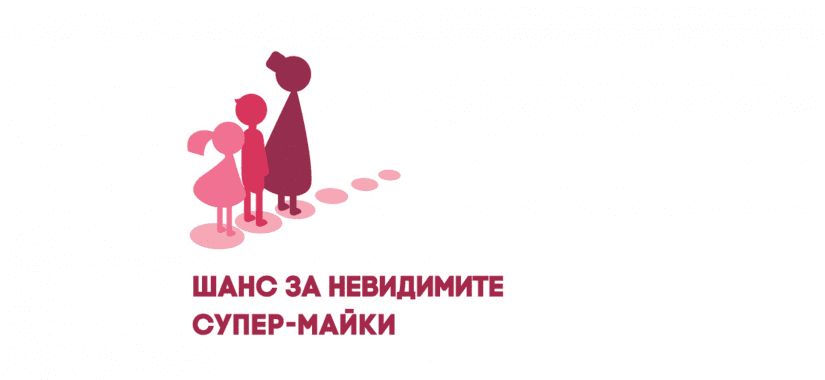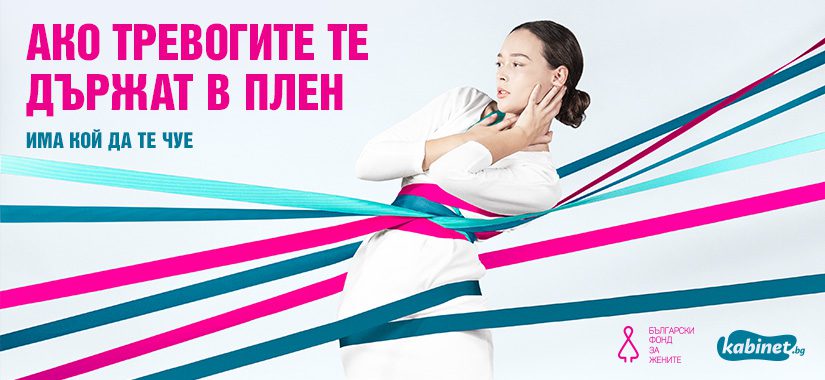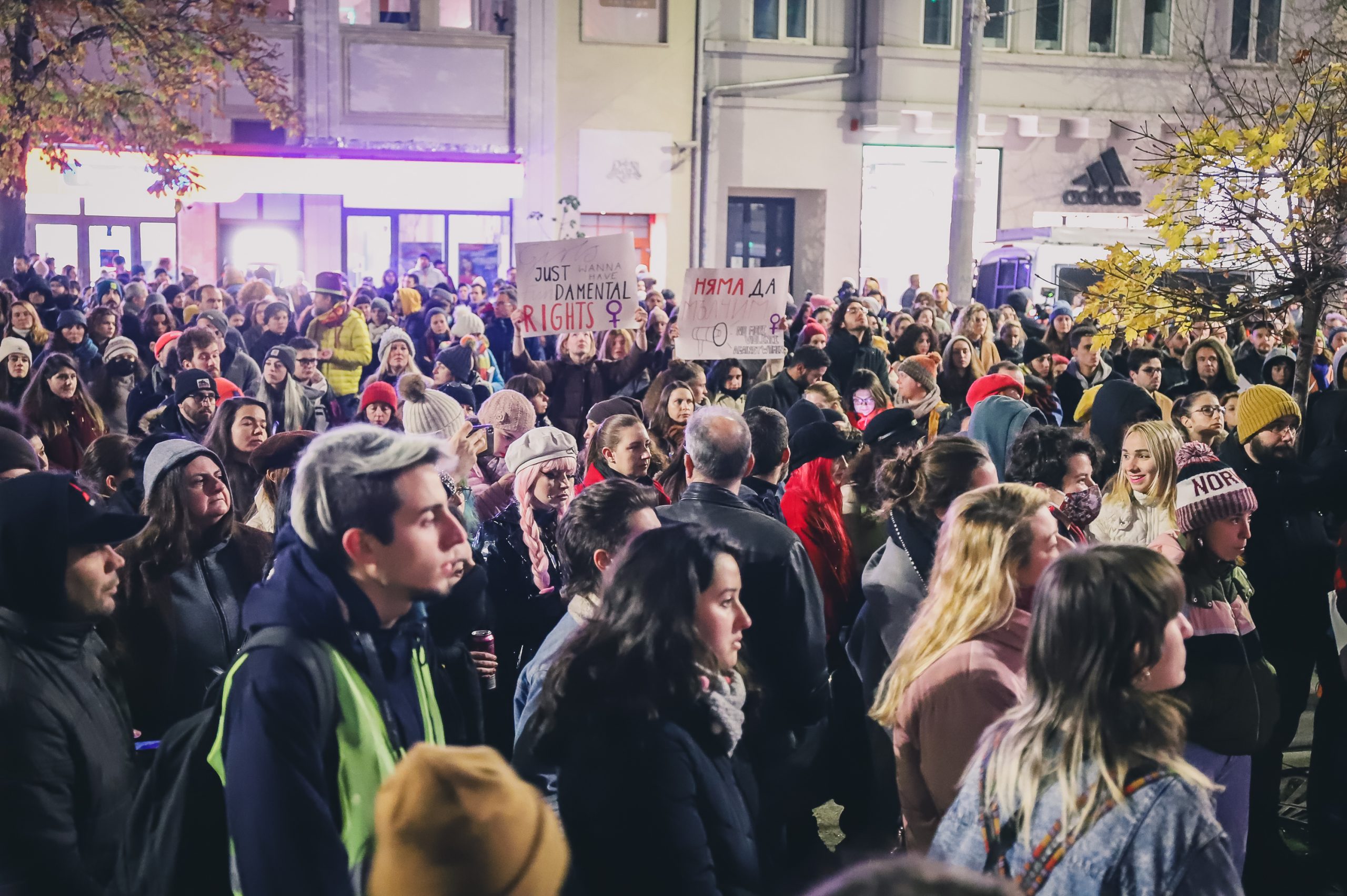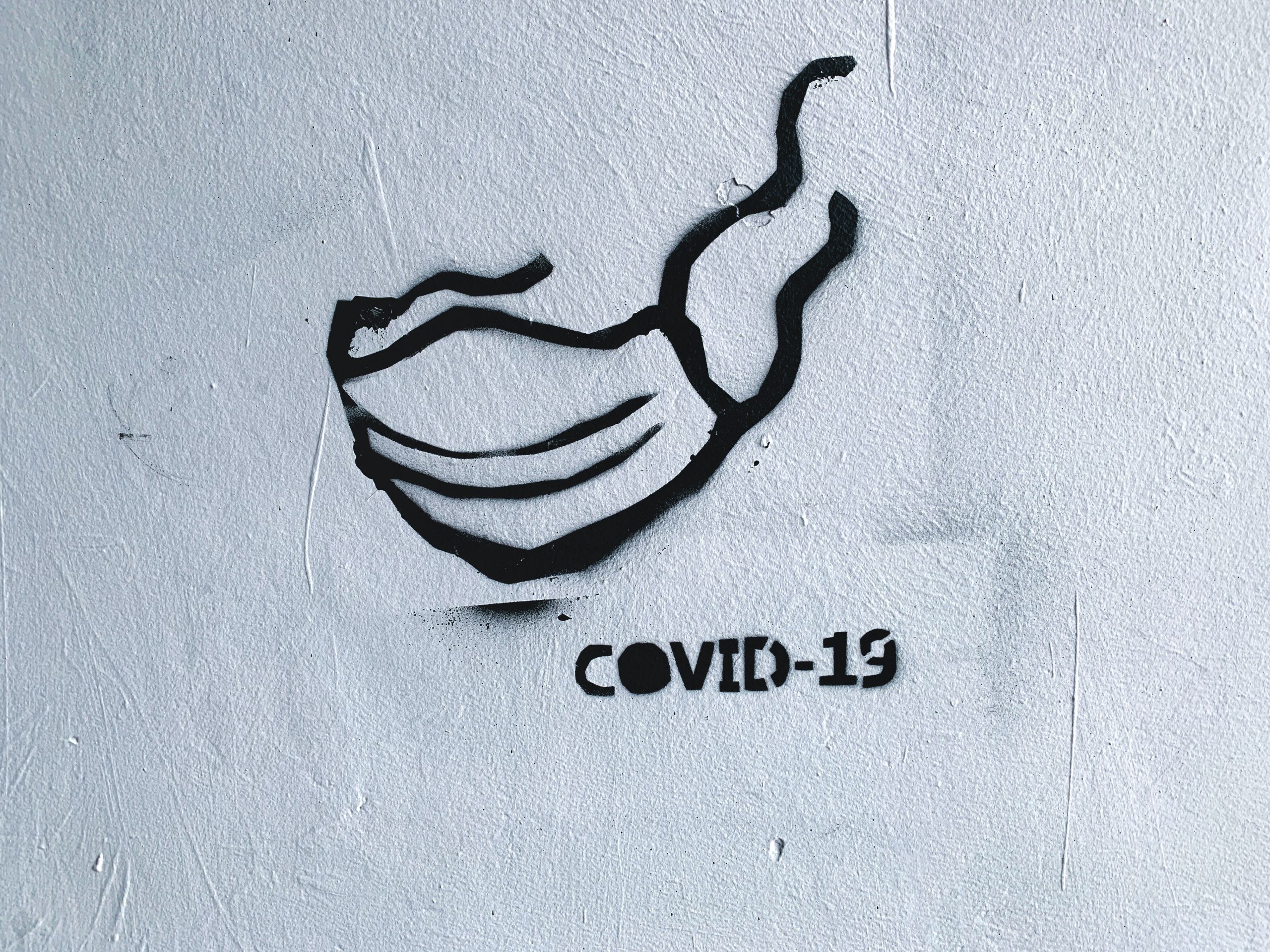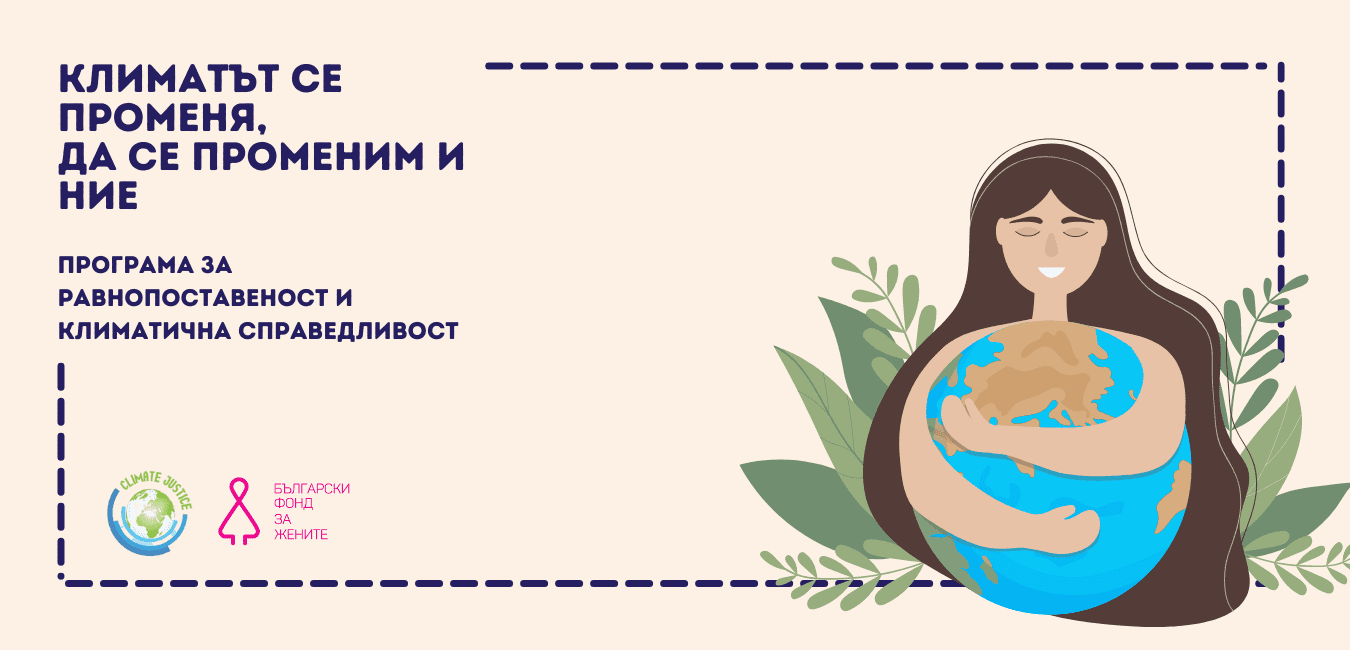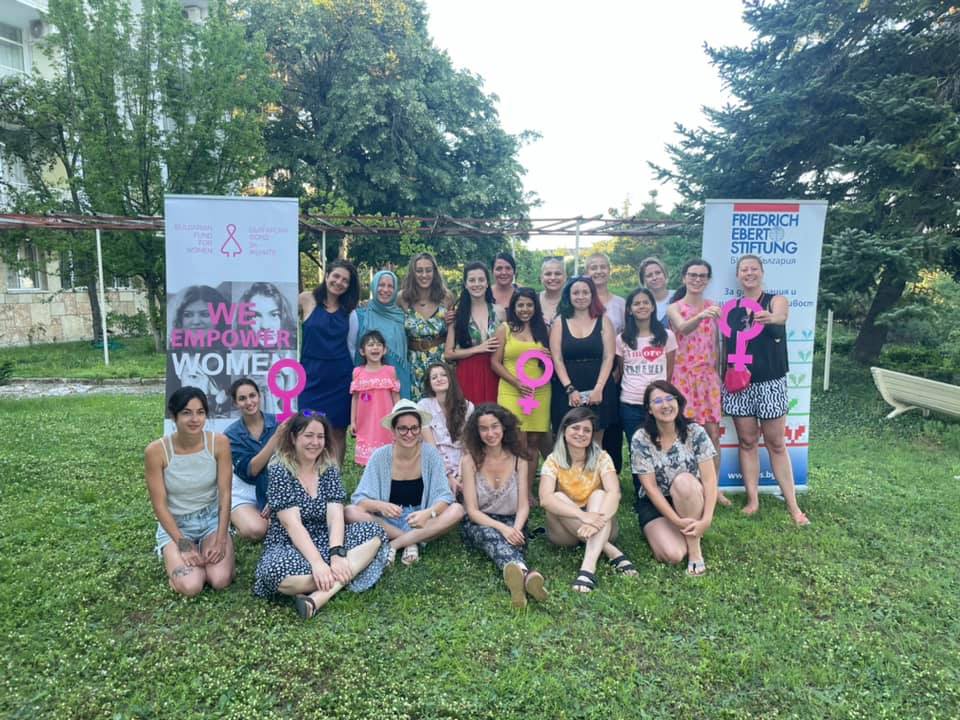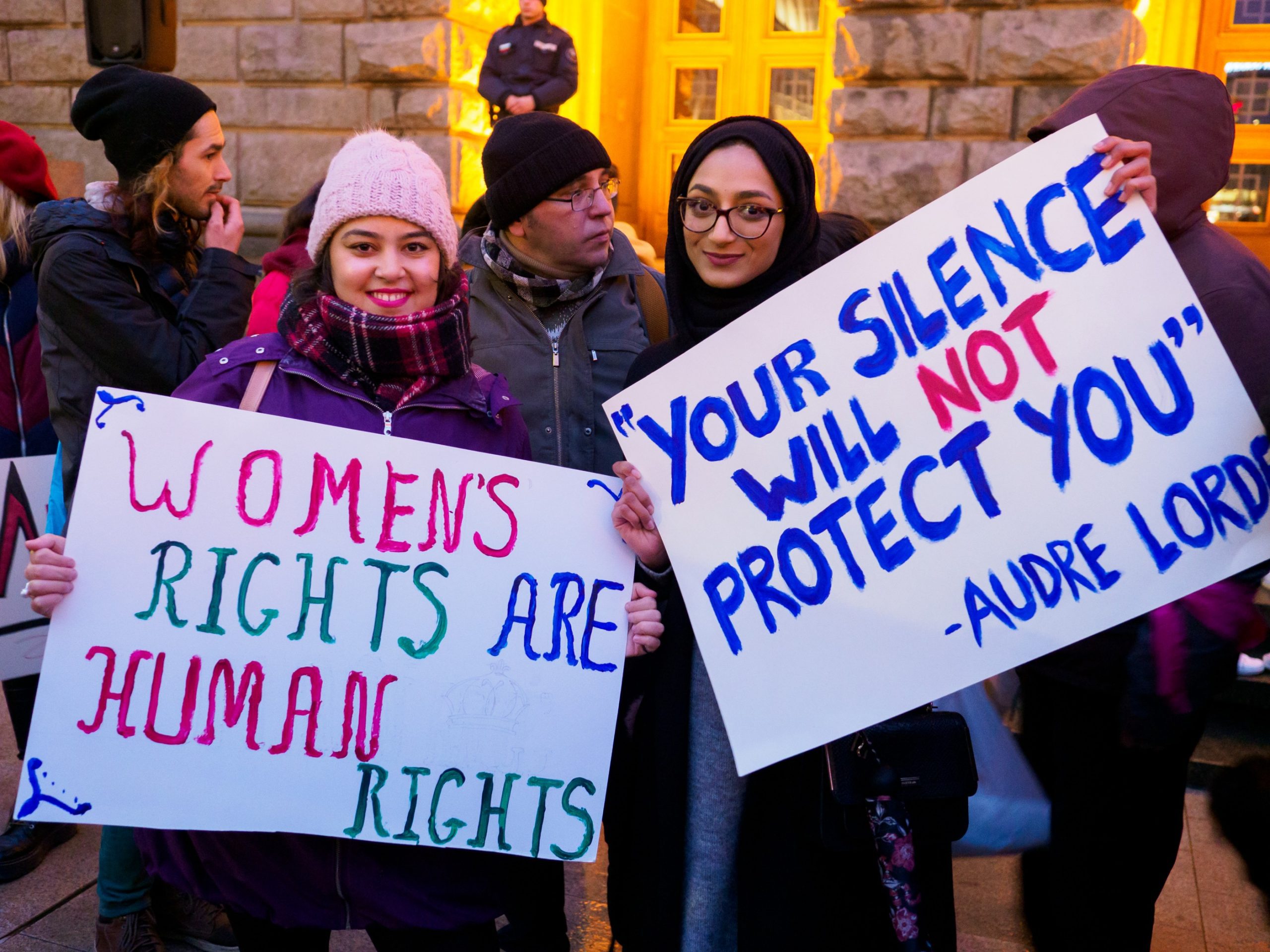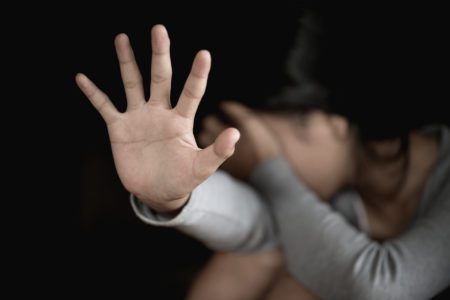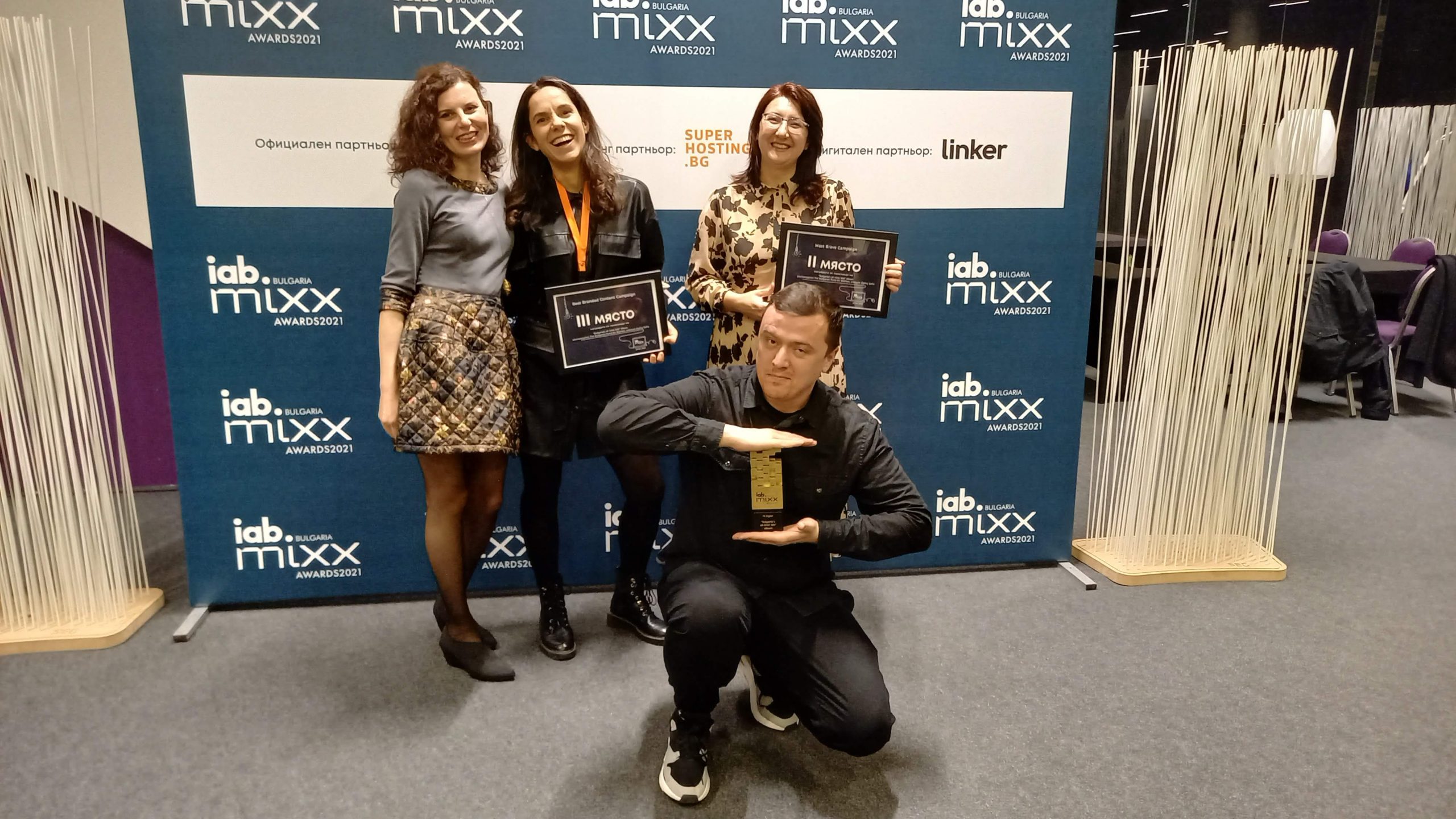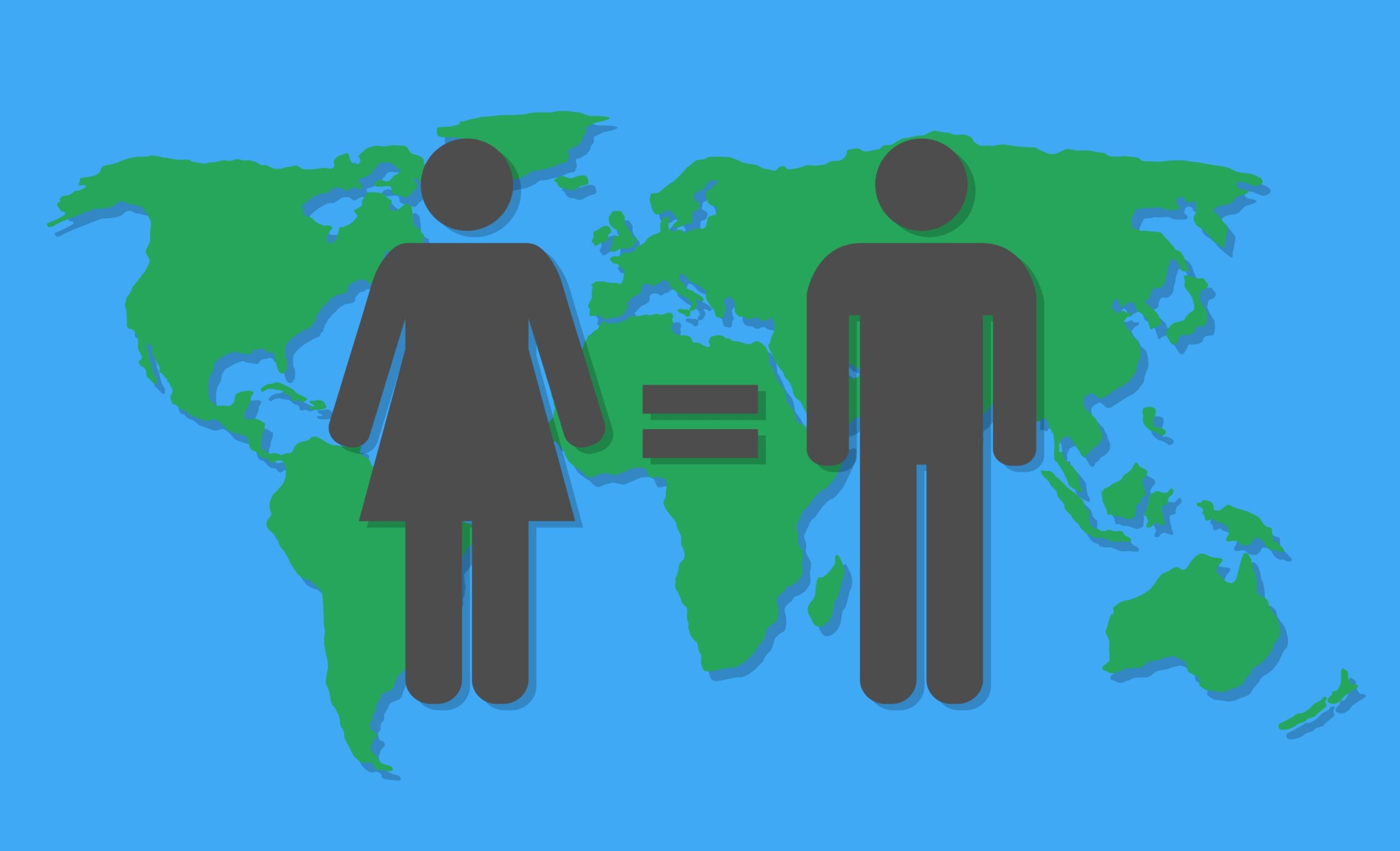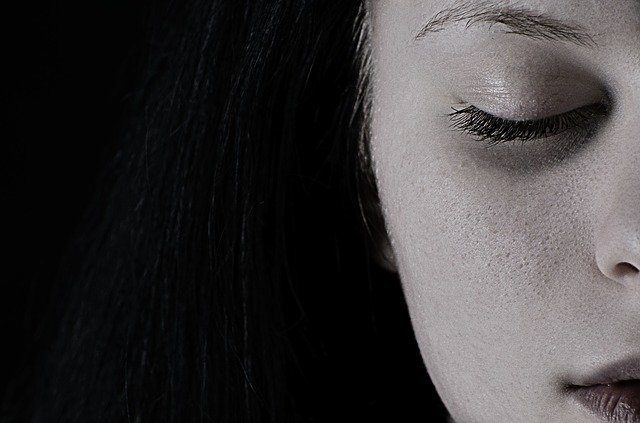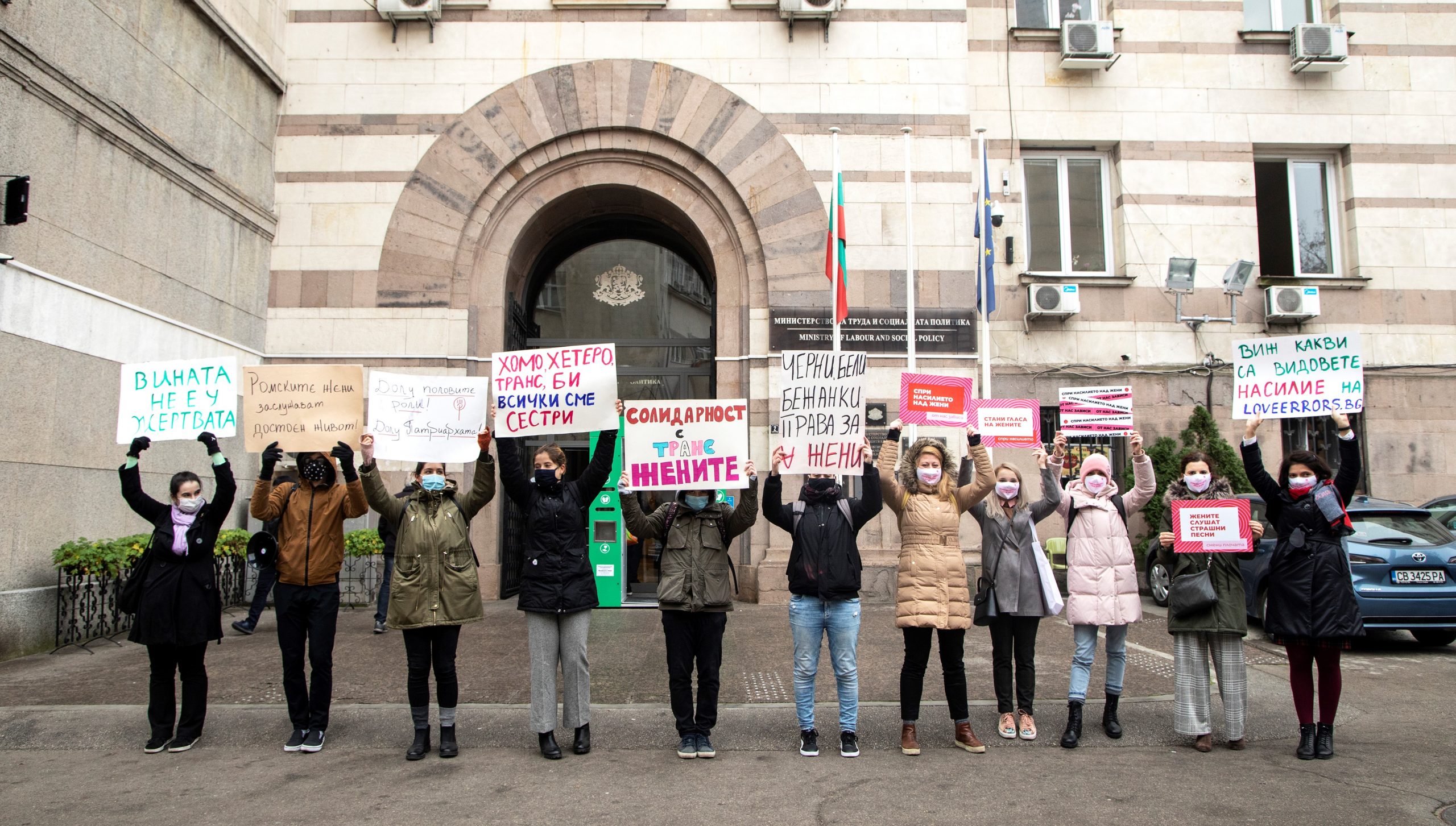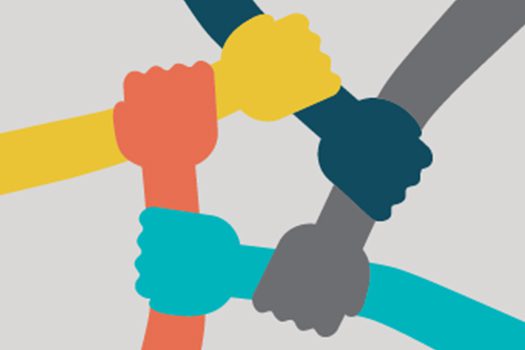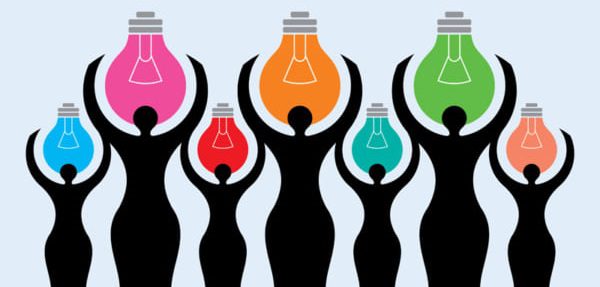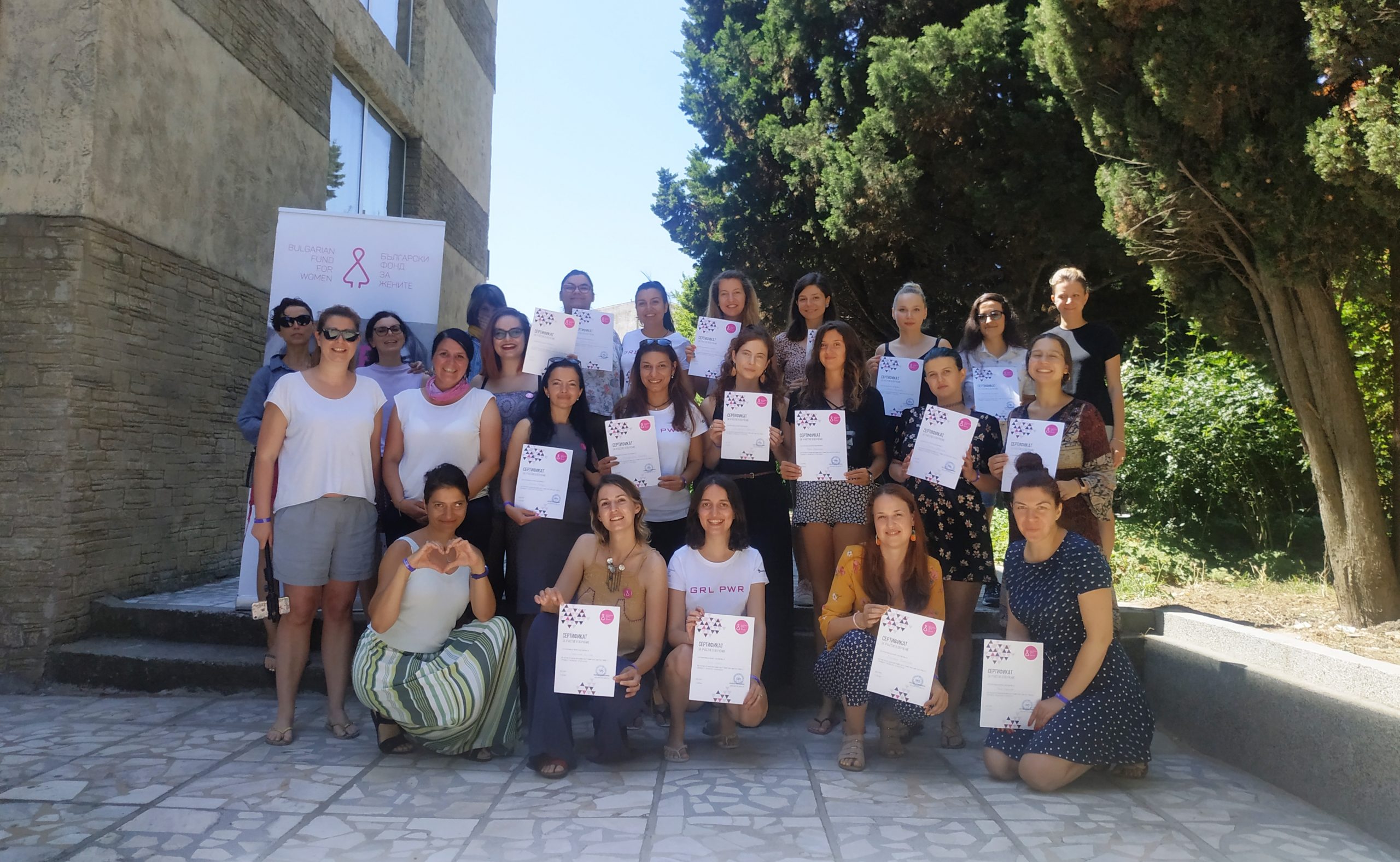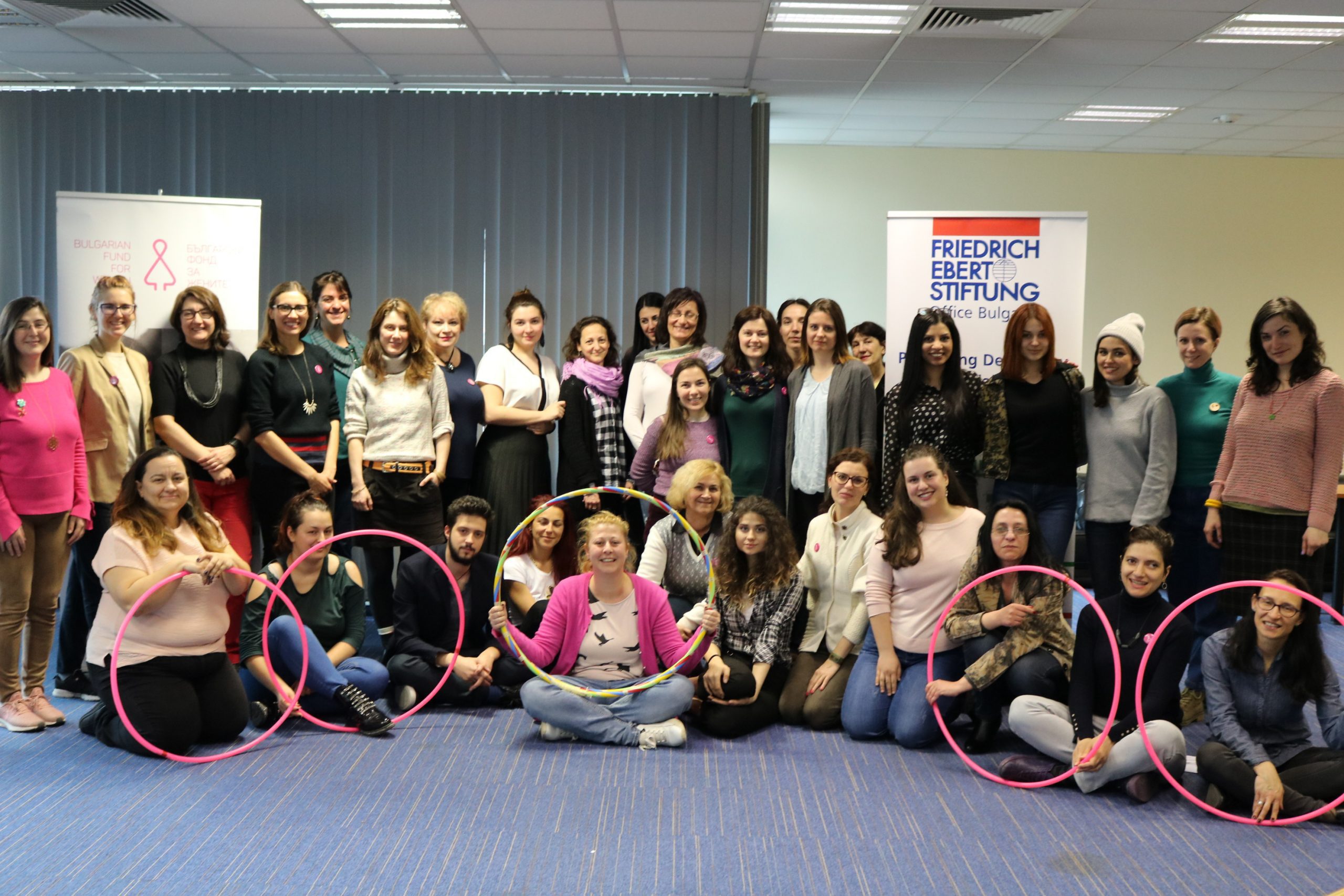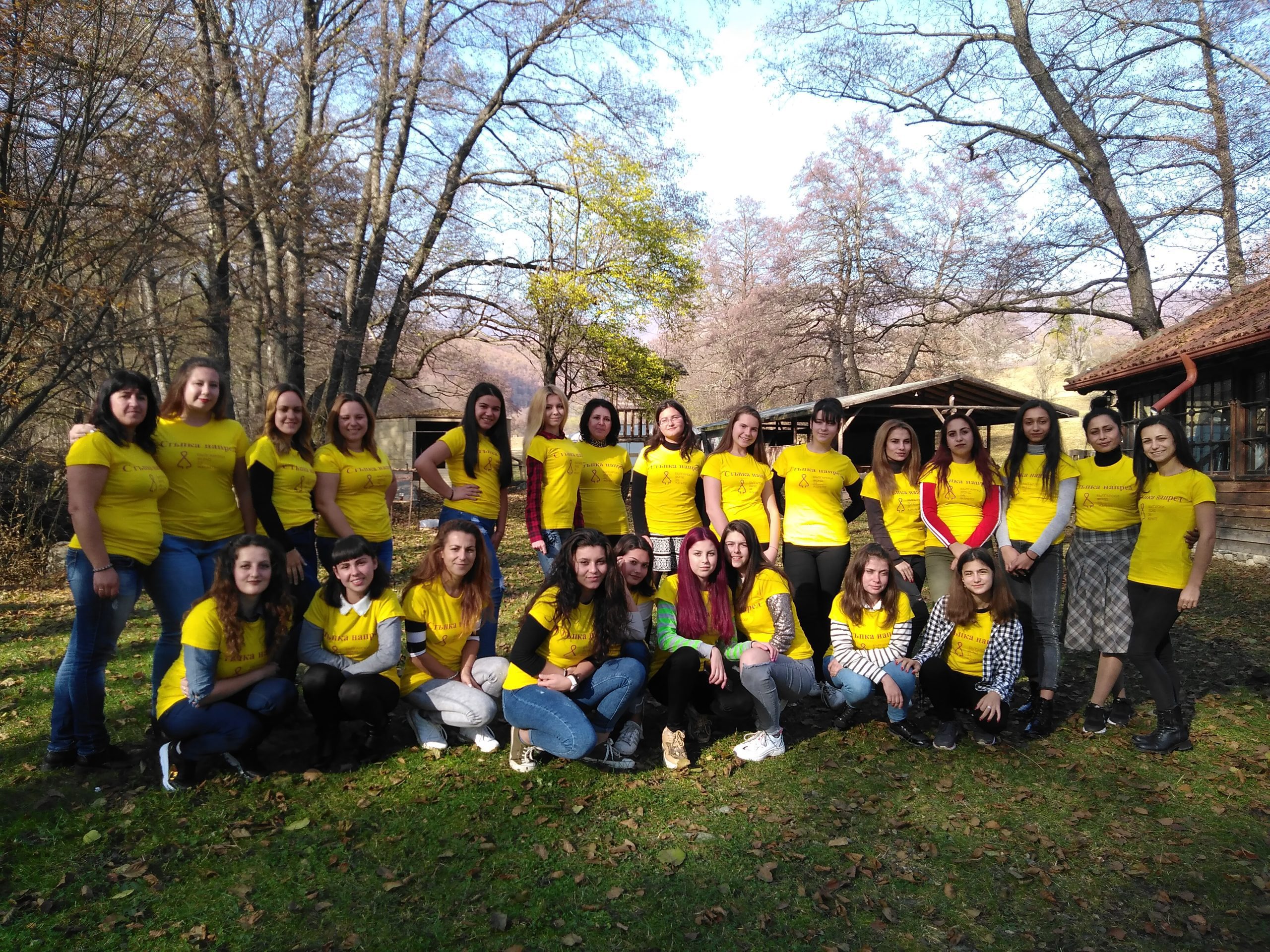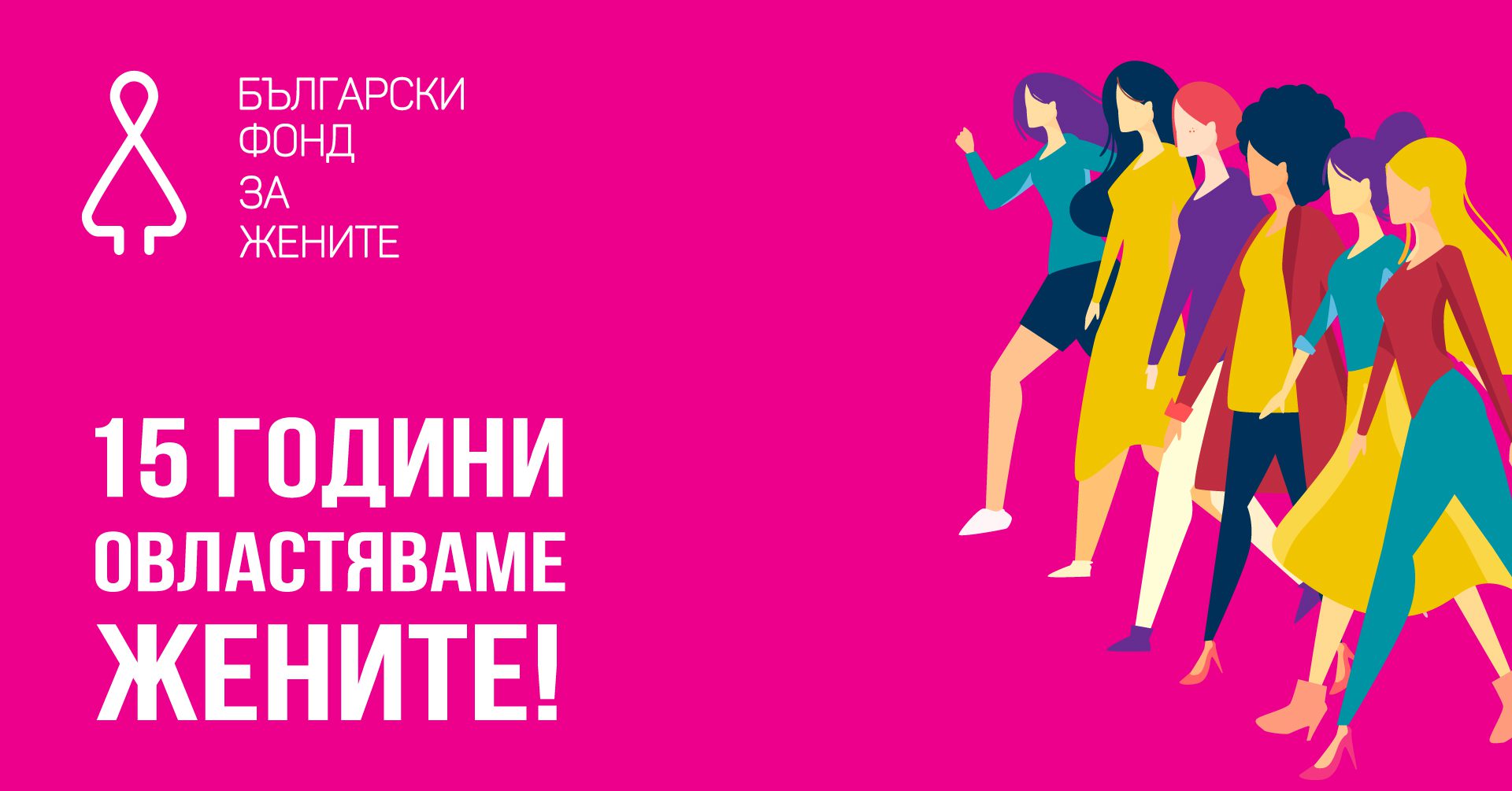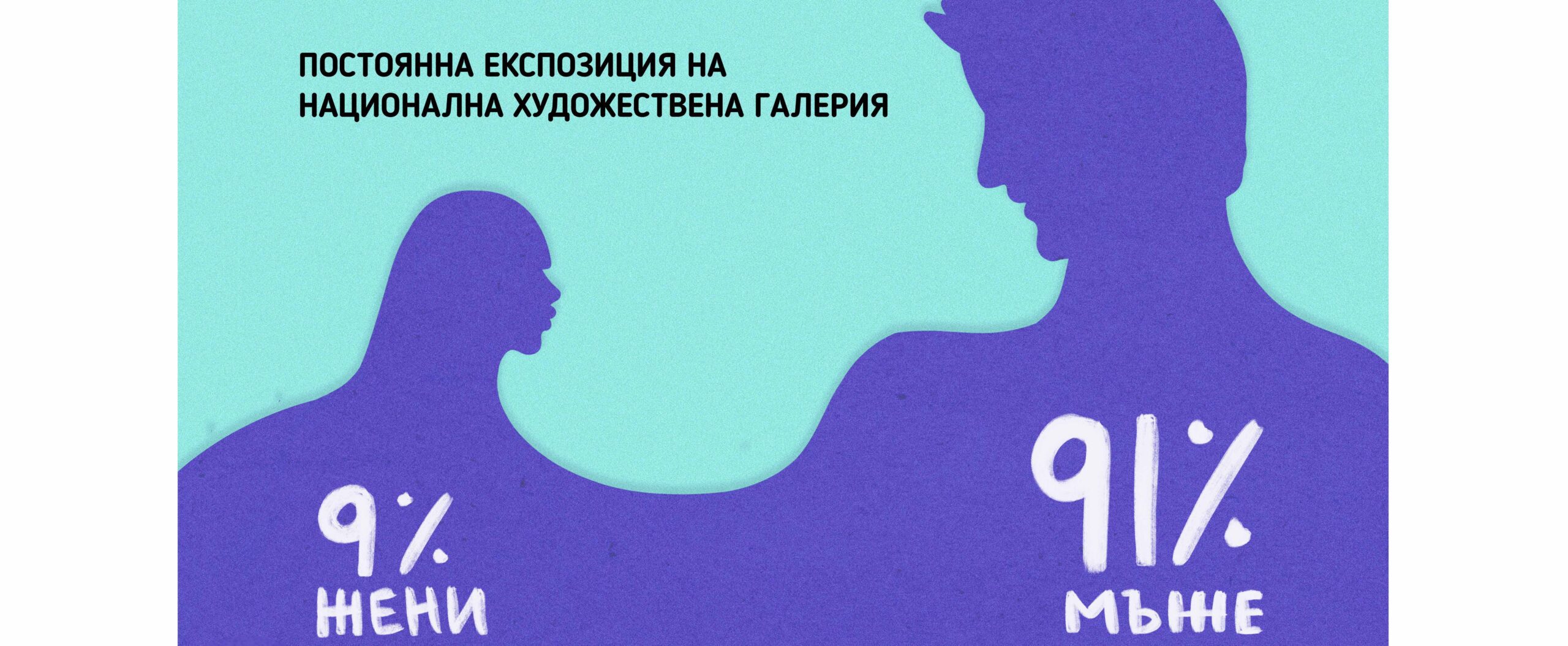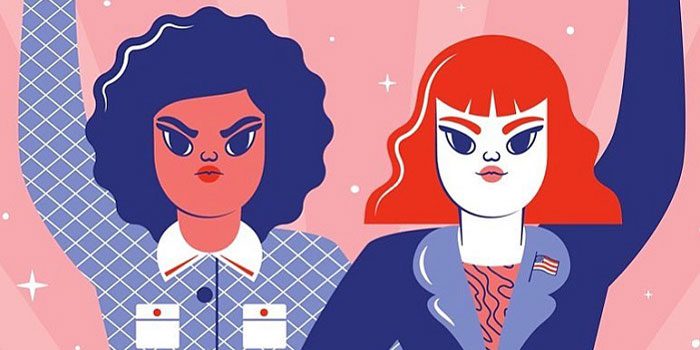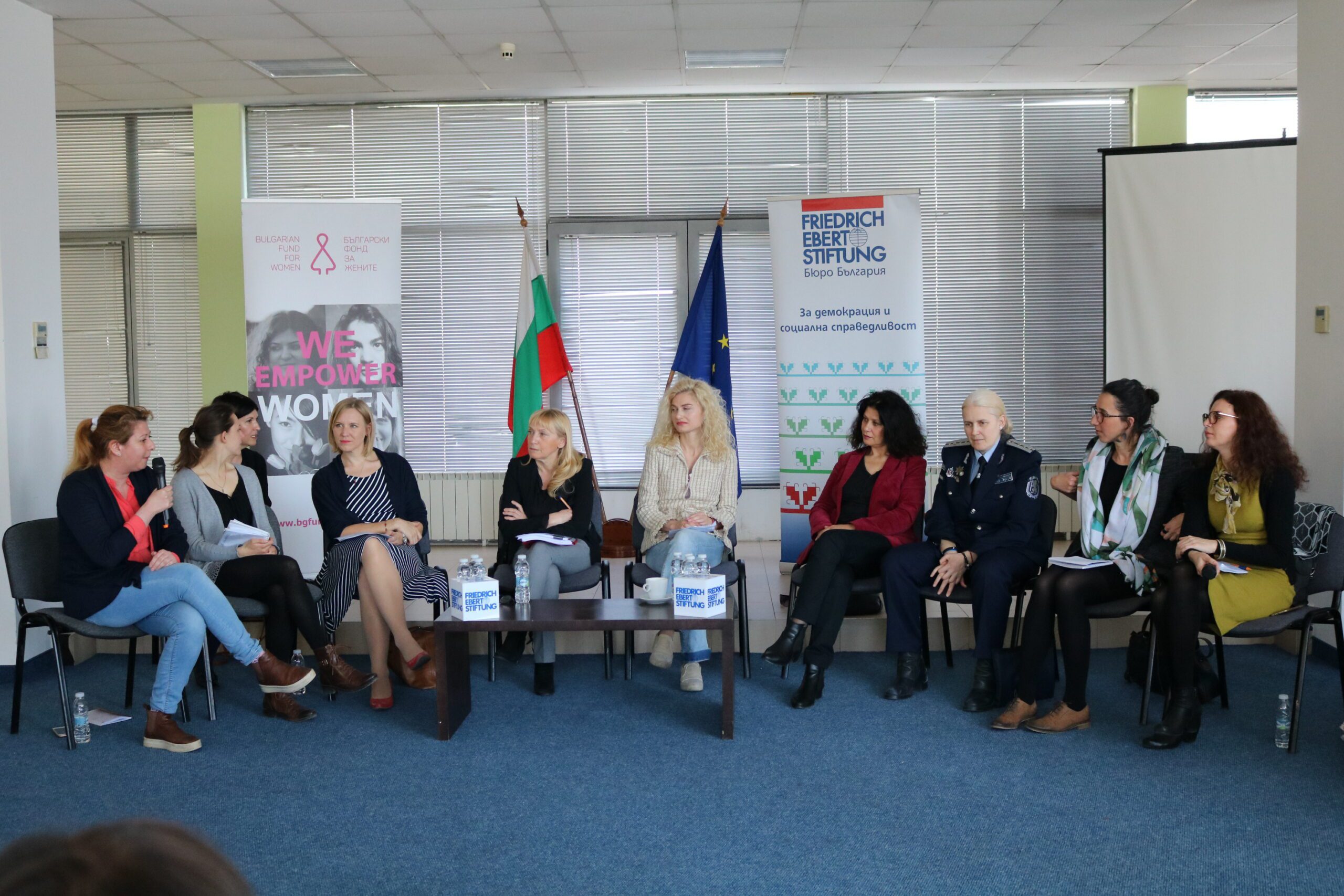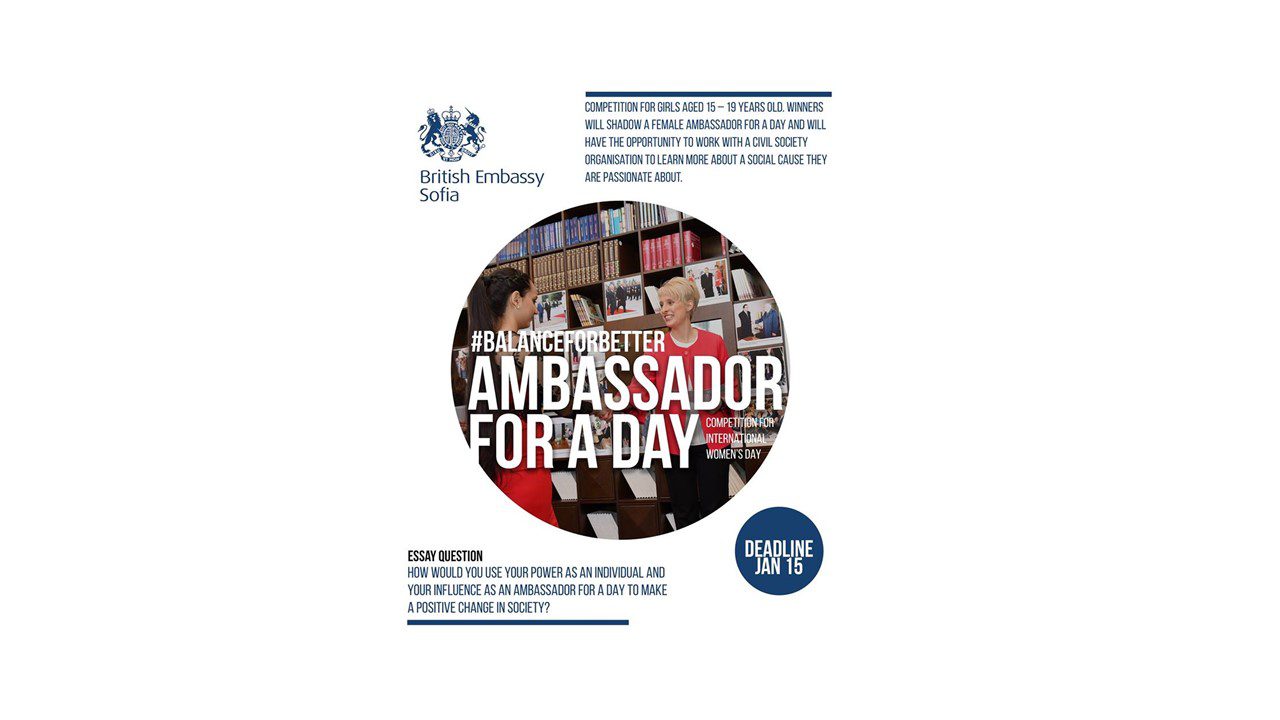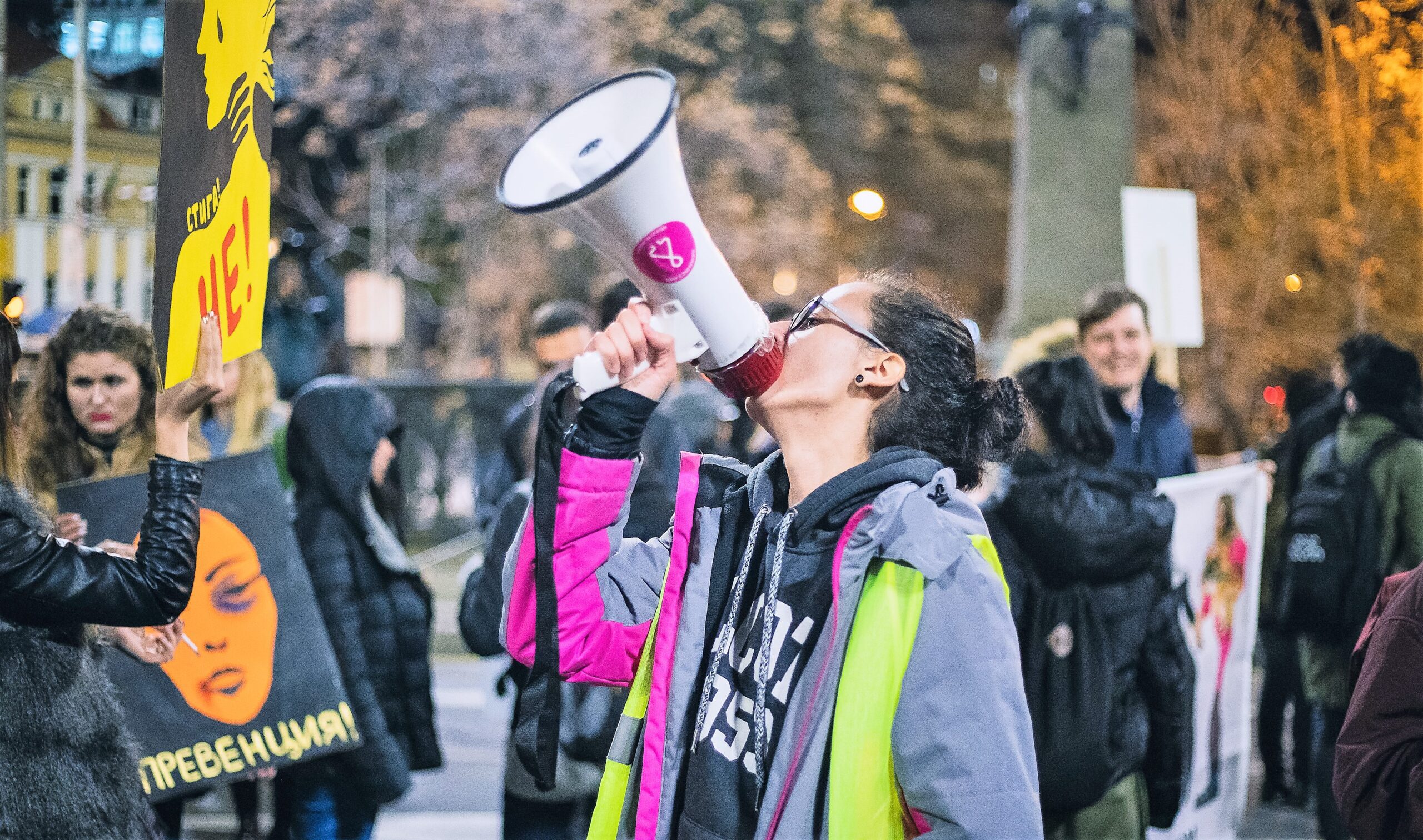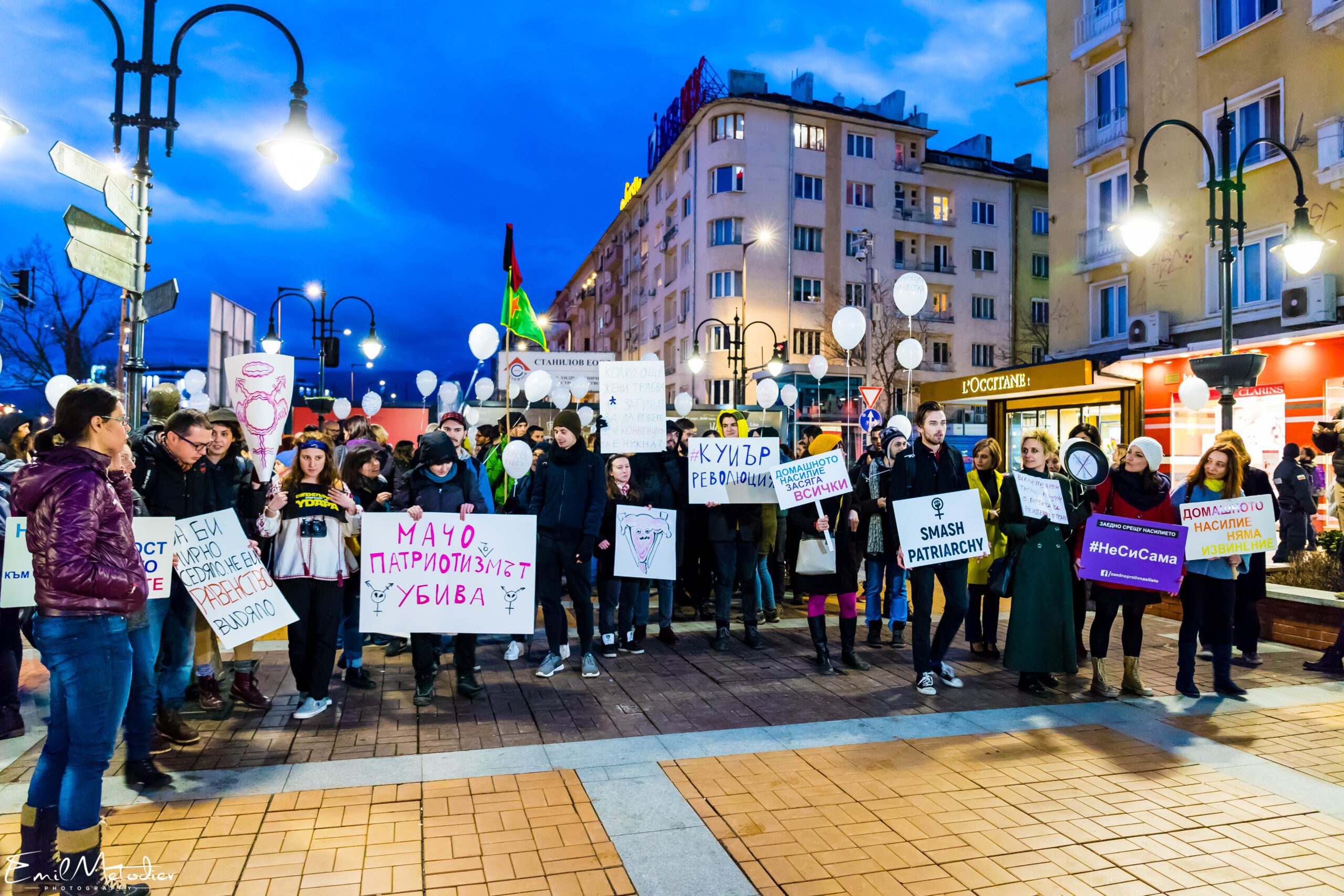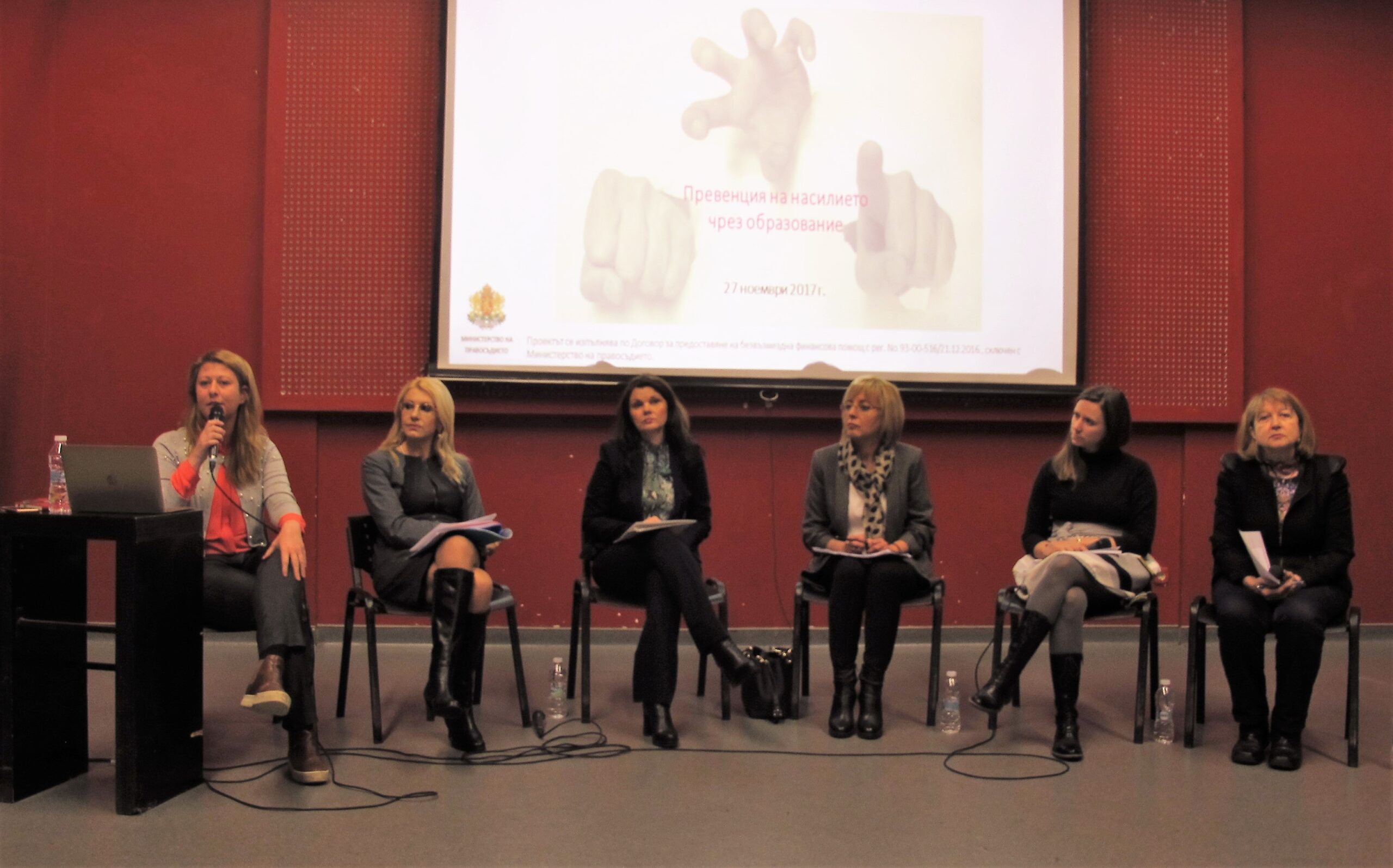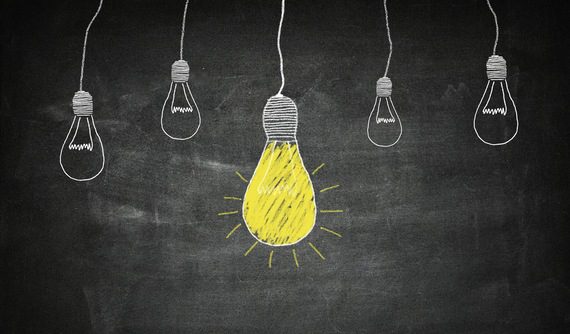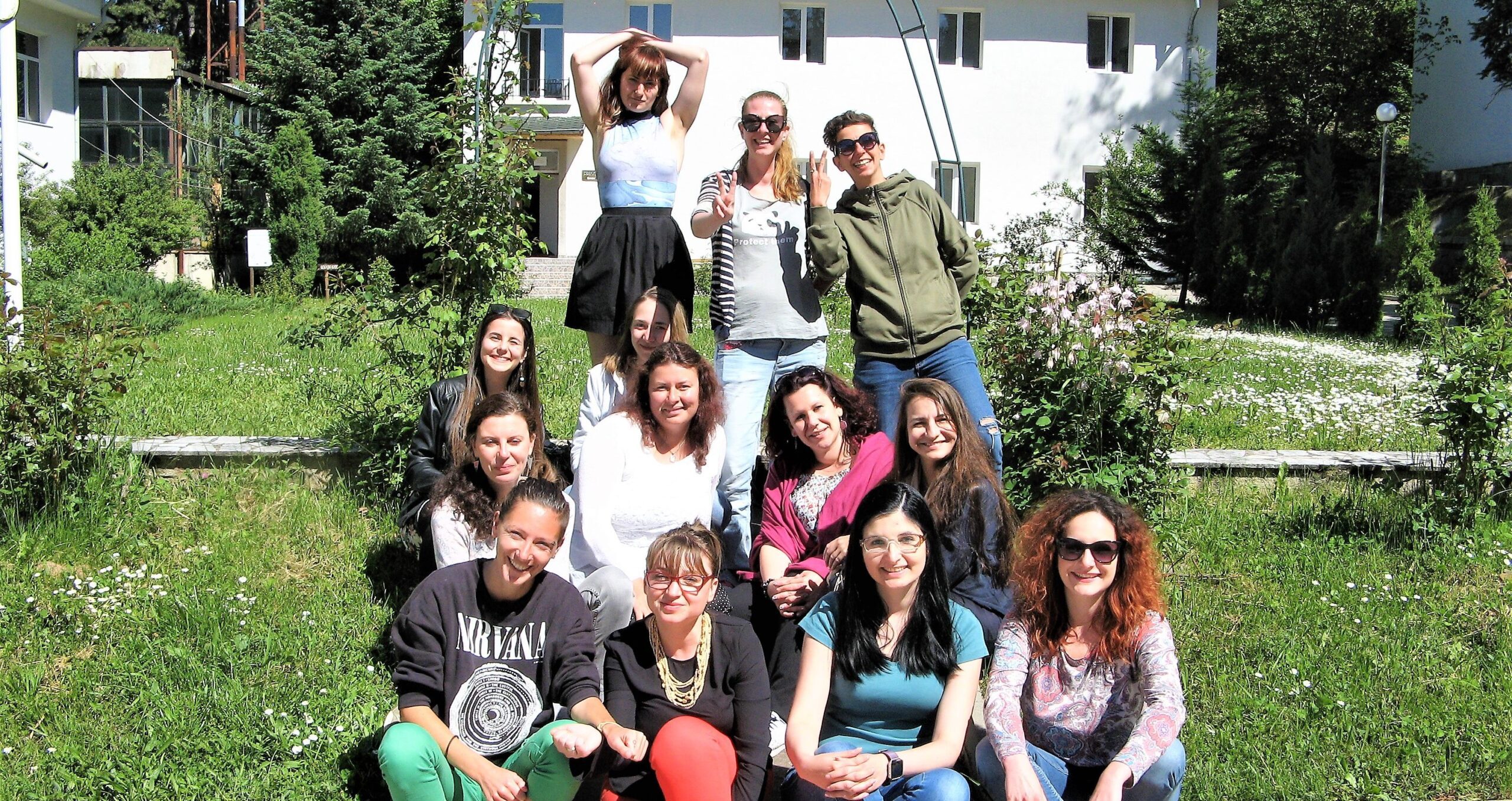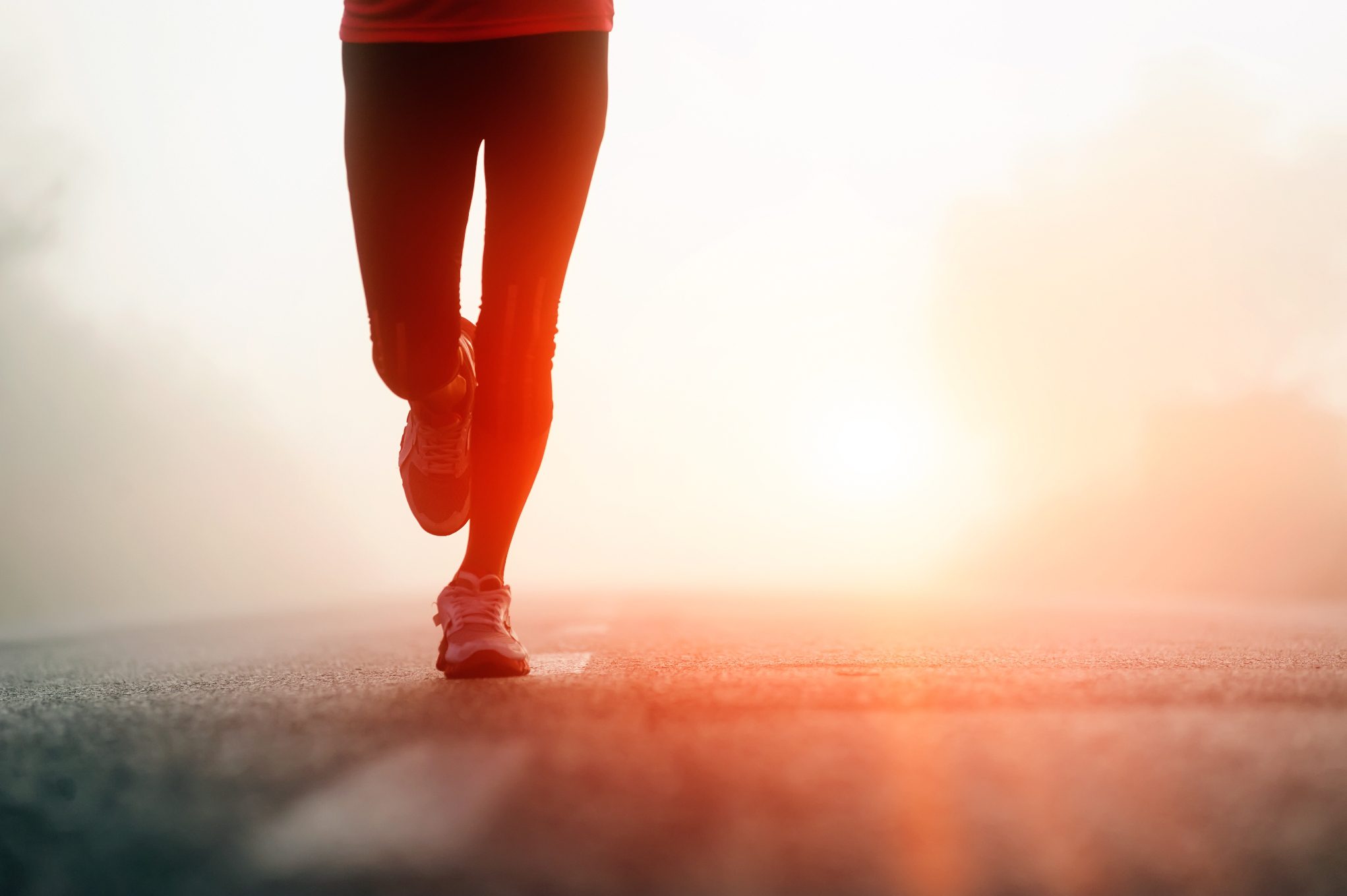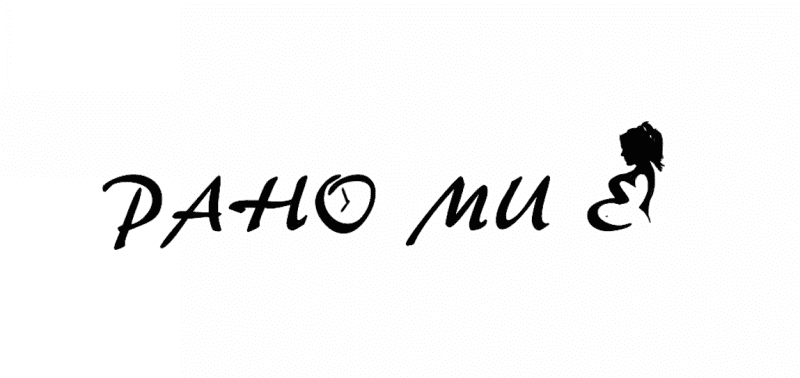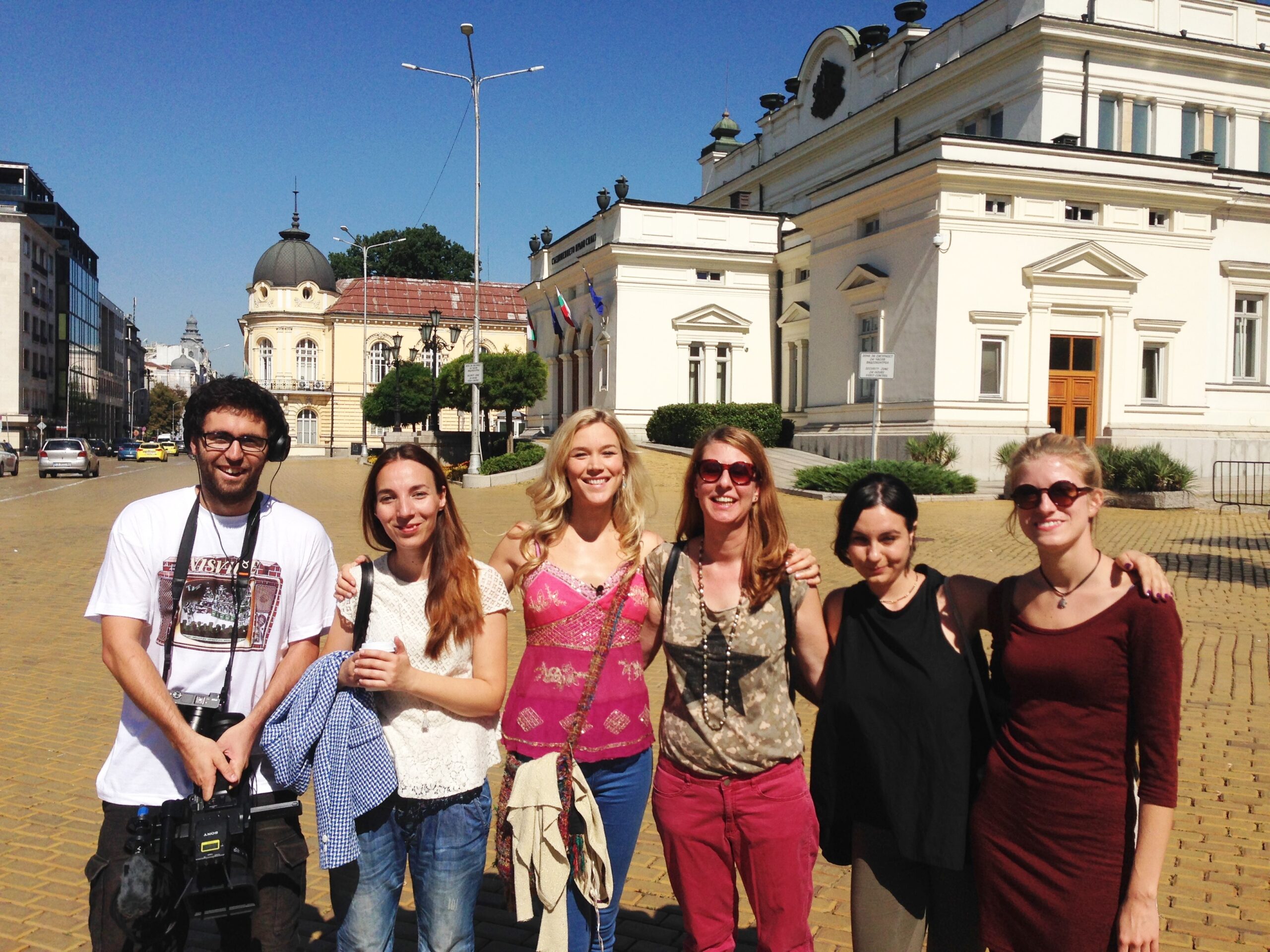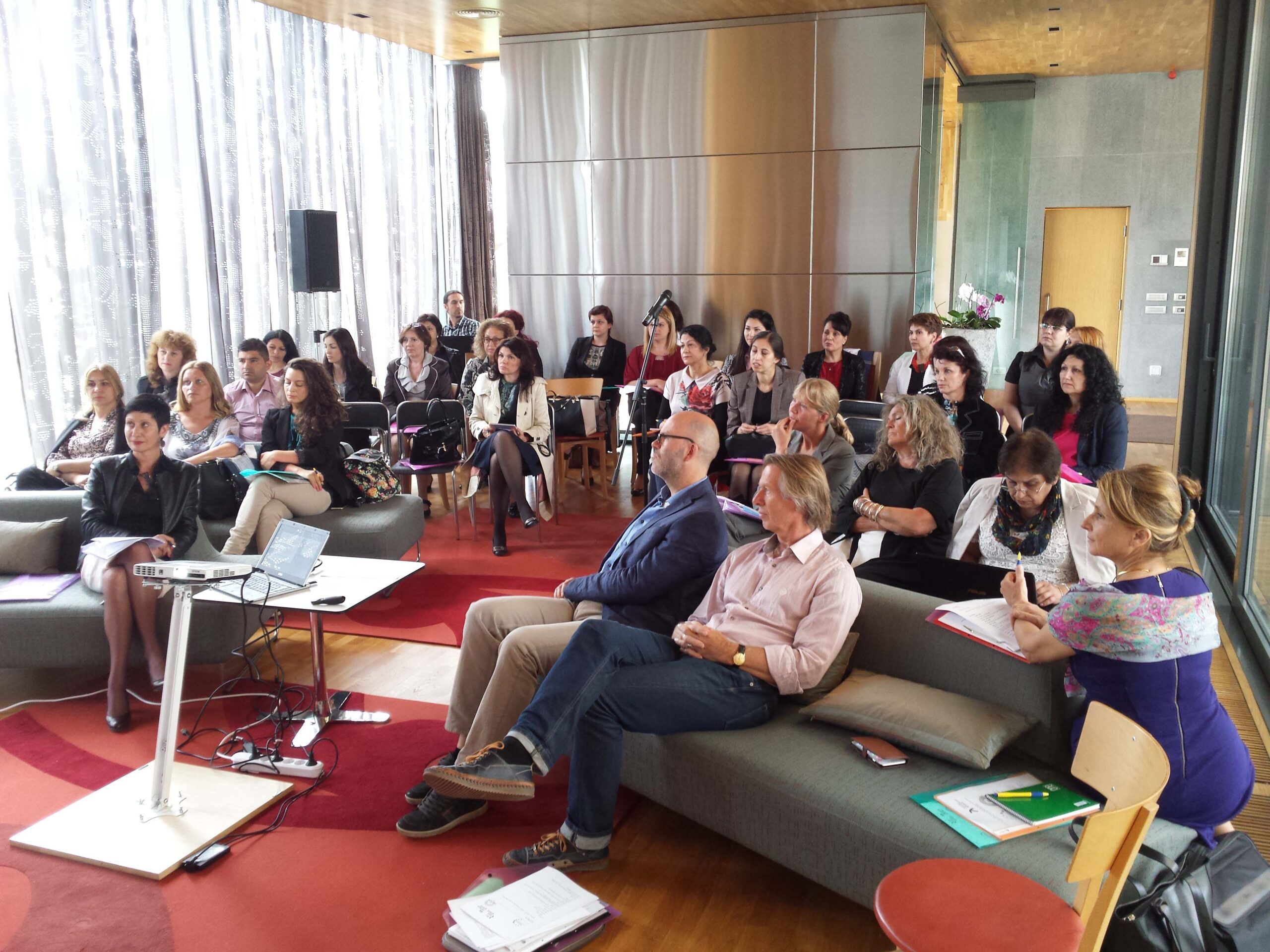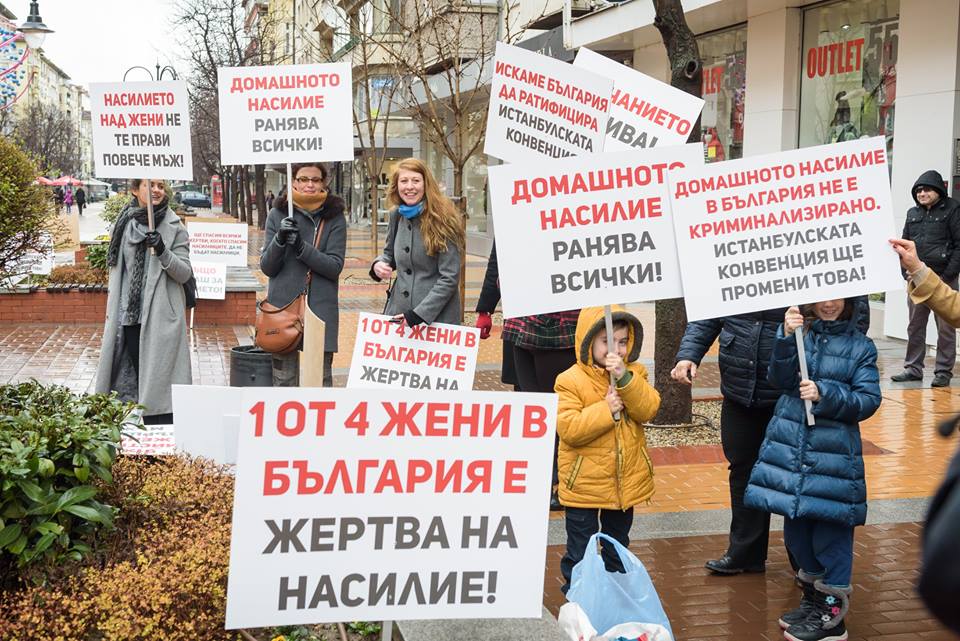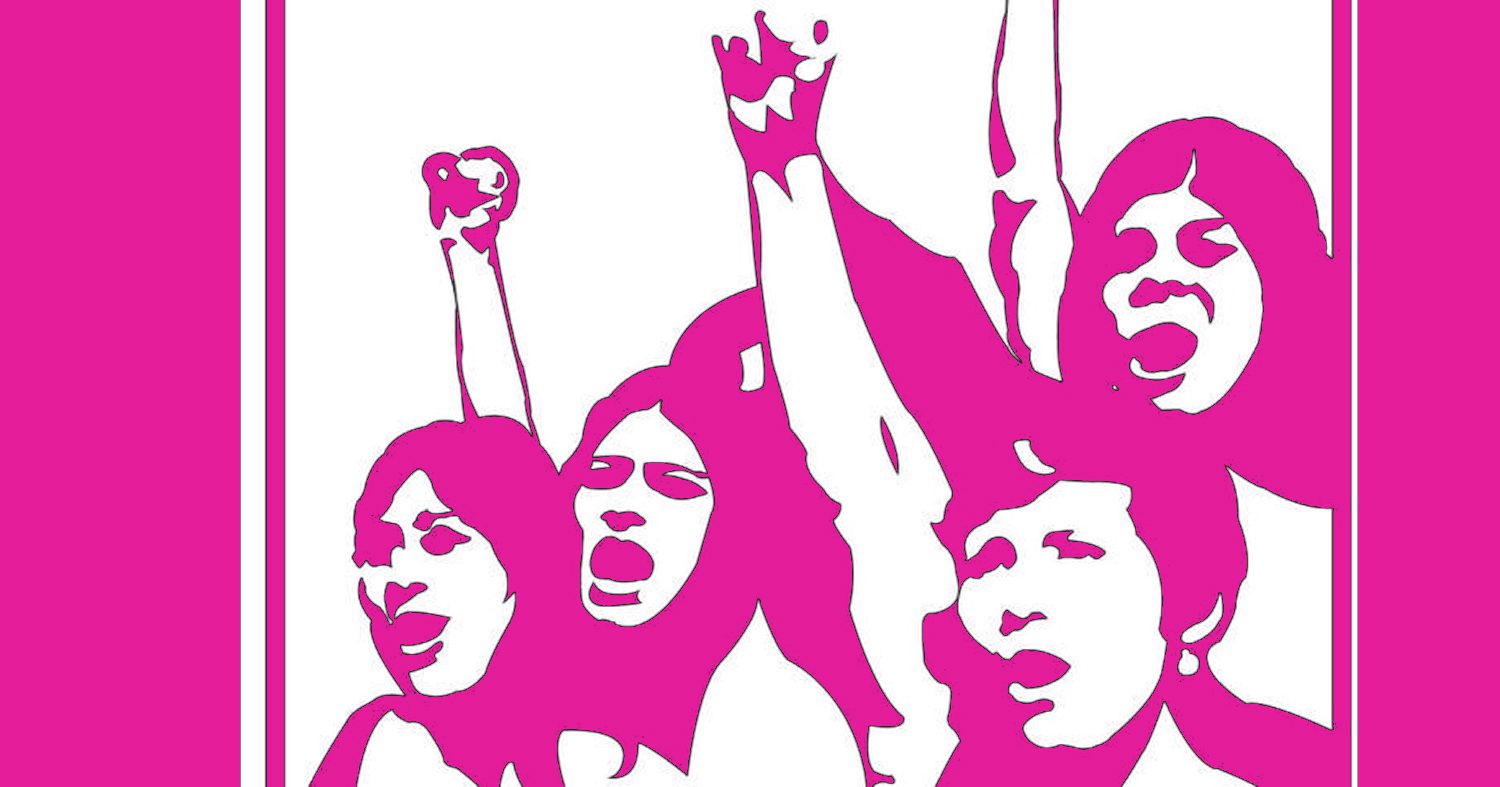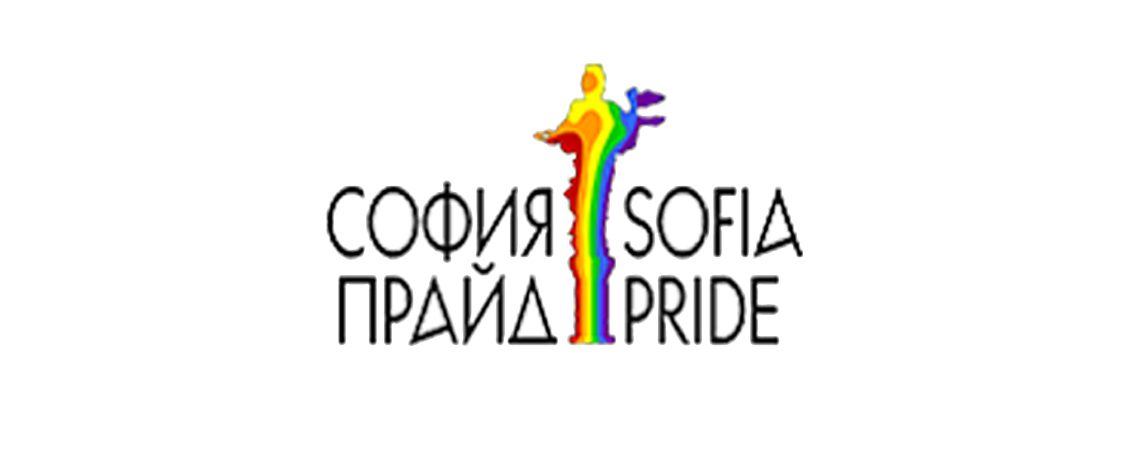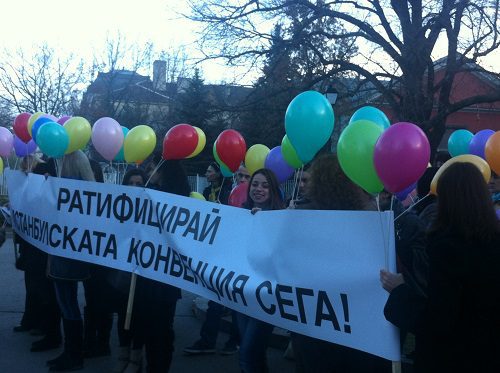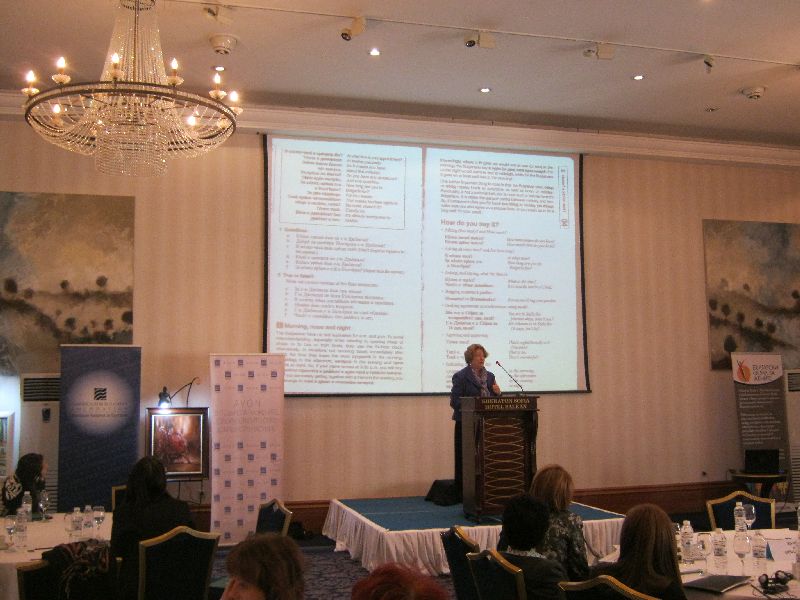Bulgarian Fund for Women is launching a Fund for Art Projects by Female Artists and seeks your support to raise a minimum of 15 000 BGN. The Fund’s aim is to fight the insufficient representation of women in professional art and the cultural sector, to shed light on the work of female artists/painters and to increase their access to financial resources. The Fund will also support projects, which interpret crucial issues related to women today, including those of minorities.
“Why art projects? Why for female artists only?” you may ask. Because art searches and creates ways to connect people. And the roads for women in art are thorny and often reflect their daily struggle to defend their right to create. They are still only a few, especially in the world of institutionalized art. Even today, the work of female artists takes up less than 20% of the space of leading galleries and museums, and more often than not they are not represented at all. Thus we, the public, see less than half of the entire picture of the artistic world.
As in all other areas – politics, economy, culture – women are denied an equal access. The reasons for that are complex. You think women artists are less in number or lesser artists? In fact, nowadays women create art on par with men, but you will not see this art exhibited in the museums.
Why is it SO important ?! The great galleries and museums form global tastes; they support artists, finance their work and present them to the richest collectors in the world. The truth is that the art we consider to be the most valuable, both in monetary and cultural terms, is almost entirely created by men. That’s why the world museums that are believed to have the most significant collections are the ones who can boast that they have works by Turner, Matisse, Van Gogh and Picasso, Pollock, Rottko, Kuns, Hurst, and Hockney. The fact that you can not think of any female equivalent says everything.
In 1985, the Museum of Modern Art in New York, MoMA, created an exhibition that claimed to be an overview of the most significant works of modern painting and sculpture, where .only 15 women were selected from a total of 169 artists. At that time, it was found that only 4% of the artists present in the modern art sections of the Metropolitan Museum are women, but 76% of the acts are naked female bodies.
In Bulgaria, there are 72 male and only 5 female artists included in the new contemporary Bulgarian art collection of the National Gallery Kvadrat 500. In a recent exhibition of the collection of the United Bulgarian Bank entitled UN/KNOWN 47 works by classic Bulgarian artists were shown. Mere 5 of the works were authored by three women.
Therefore it is no surprise that today the most expensive artists are … men. Leader of the list is Damien Hurst, with each of his works sold for an average of about $ 10 million. By comparison, the most expensive contemporary female artists Yayi Kusama, Cindy Sherman and Bridget Riley have sold their own works for $ 7, 6.7 and 5.7 million, respectively. The highest price so far paid for a woman-made work is $ 44.4 million for Georgia O’Keefe’s Jimson Weed / White Flower No1, sold in 2014, but this is only 25% of the record-breaking 179.4 million dollars paid for Picasso’s Les Femmes d’Alger next year.
For Bulgaria, according to a survey of the prices of the most expensive works of art in terms of painting and sculpture of Bulgarian artists in the period 1989-2010, there is a list of 14 men and one woman – Sultana Surojon, who nevertheless is second after Svetlin Rusev.
There have always been and there will always be women in art regardless of the recognition of the academic world. It is for a fact that women have had the freedom to express themselves artistically no longer than a century – to study in art academies, to publish their written work, to exhibit their paintings, to provoke our senses and perceptions in their own unique way. Even though they have always been a part of it, it was usually in secrecy, hidden behind pseudonyms, showing great strength to oppose discrimination.
The lack of visibility of the creative potential of half of humanity, the low appreciation of their works by rule, their representation primarily as objects and “muses”, imposes irreparable damage. For it reinforces the widespread misconception that female artists simply can not draw as well as men (as stated by Georg Bazelitz in 2013!); that women can not make art and have children – they have to choose one or the other; that women should make peace with the fact that their role is as objects and muses, but not as artists. And what is moreover detrimental is that these attitudes are easily transferred and validated as a rule in all other fields of expression.
In believe in the statement of Sara Sandman, an American designer and artist, that “women have hidden potential as leaders of various artistic movements that draw attention to the many forms of social exclusion.”
Let’s not forget that art is a kind of documenting a certain time. On what story we are telling today, Anastasia Taylor-Lind, a British documentary photographer, commented mercilessly on her profession and the place of women in it: “Only 15% of photojournalists are women. More than half of photojournalists come from Europe or North America. We do not just create journalistic content, we document history. By creating this visual timeline, it is good to think about what stories we are telling and who we are. Do we, as artists dare to venture out of the socio-cultural context of a white heterosexual man coming from some of the richest countries in the world? ”
Therefore, we at BFW want women to take their hard-earned position in the history of art, to express their talent without the risk to be underappreciated because of their gender. We need their stories in order to have a just representation of our world. This is why we created a special Fund for Art Projects by Female Artists. Donate, so that we could show the invisible 2/3rds of the picture and enrich the world of art with the voice of female artists!
You can donate here.

